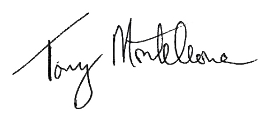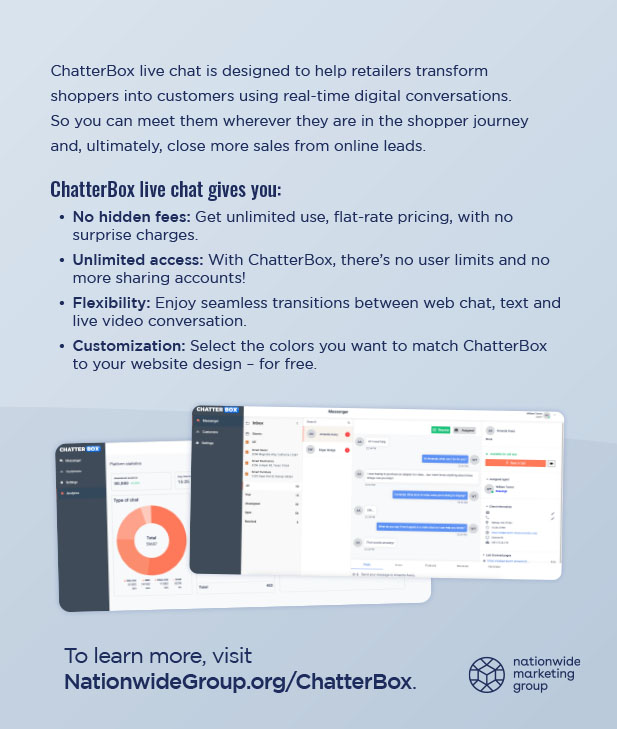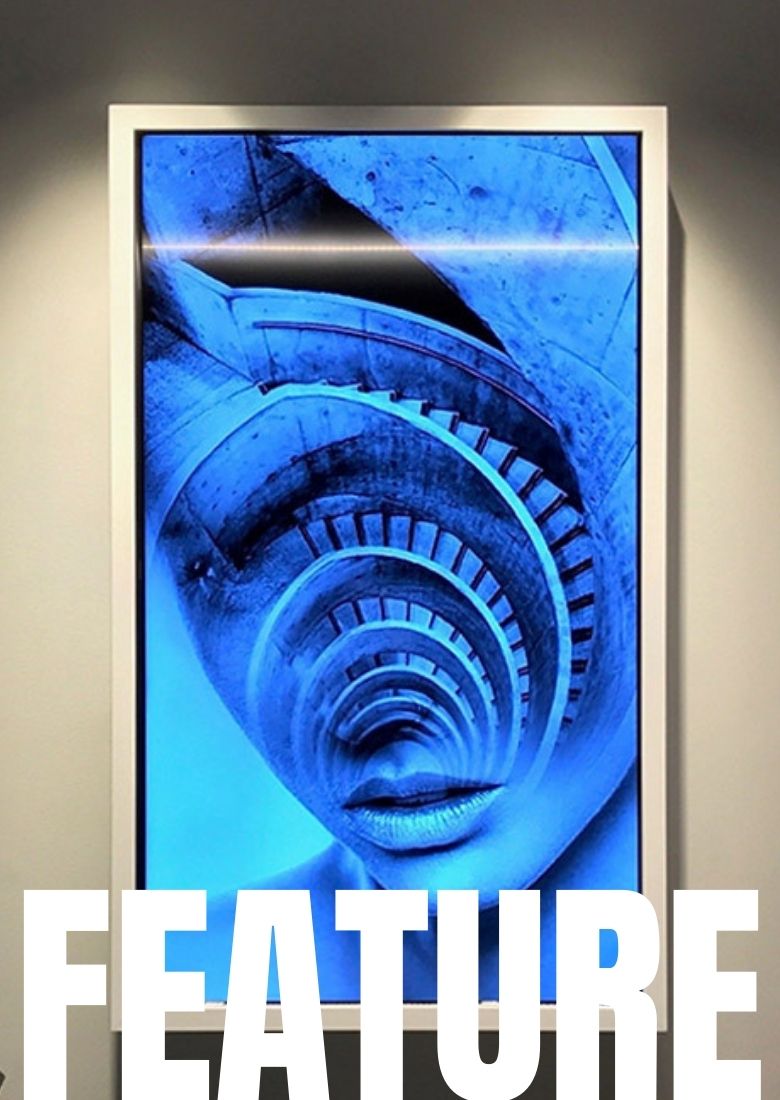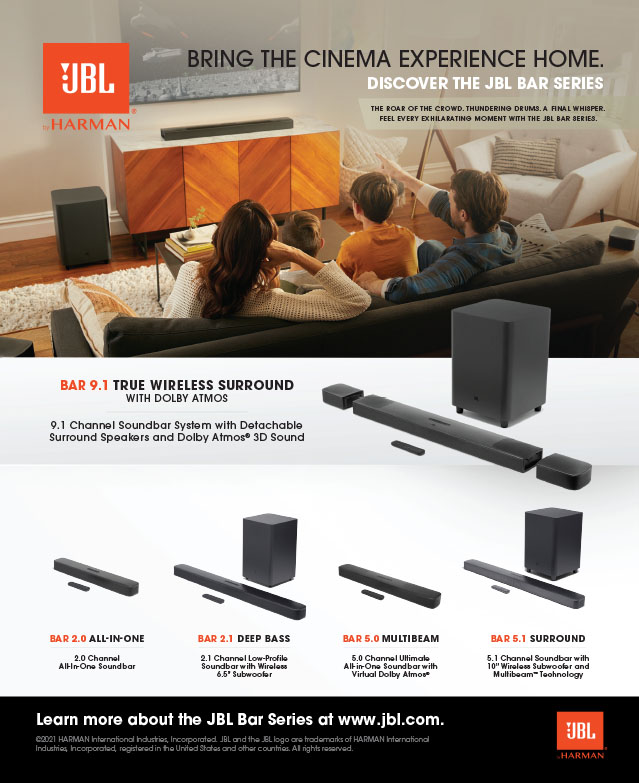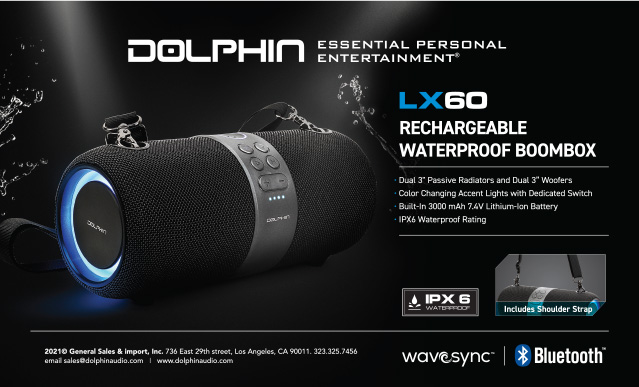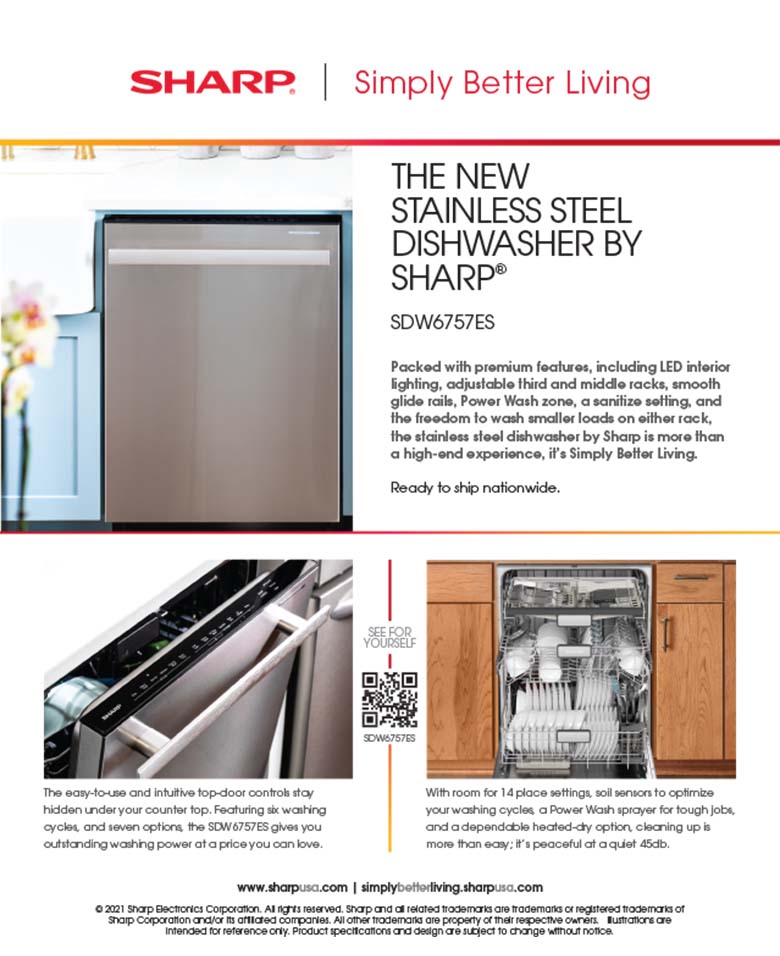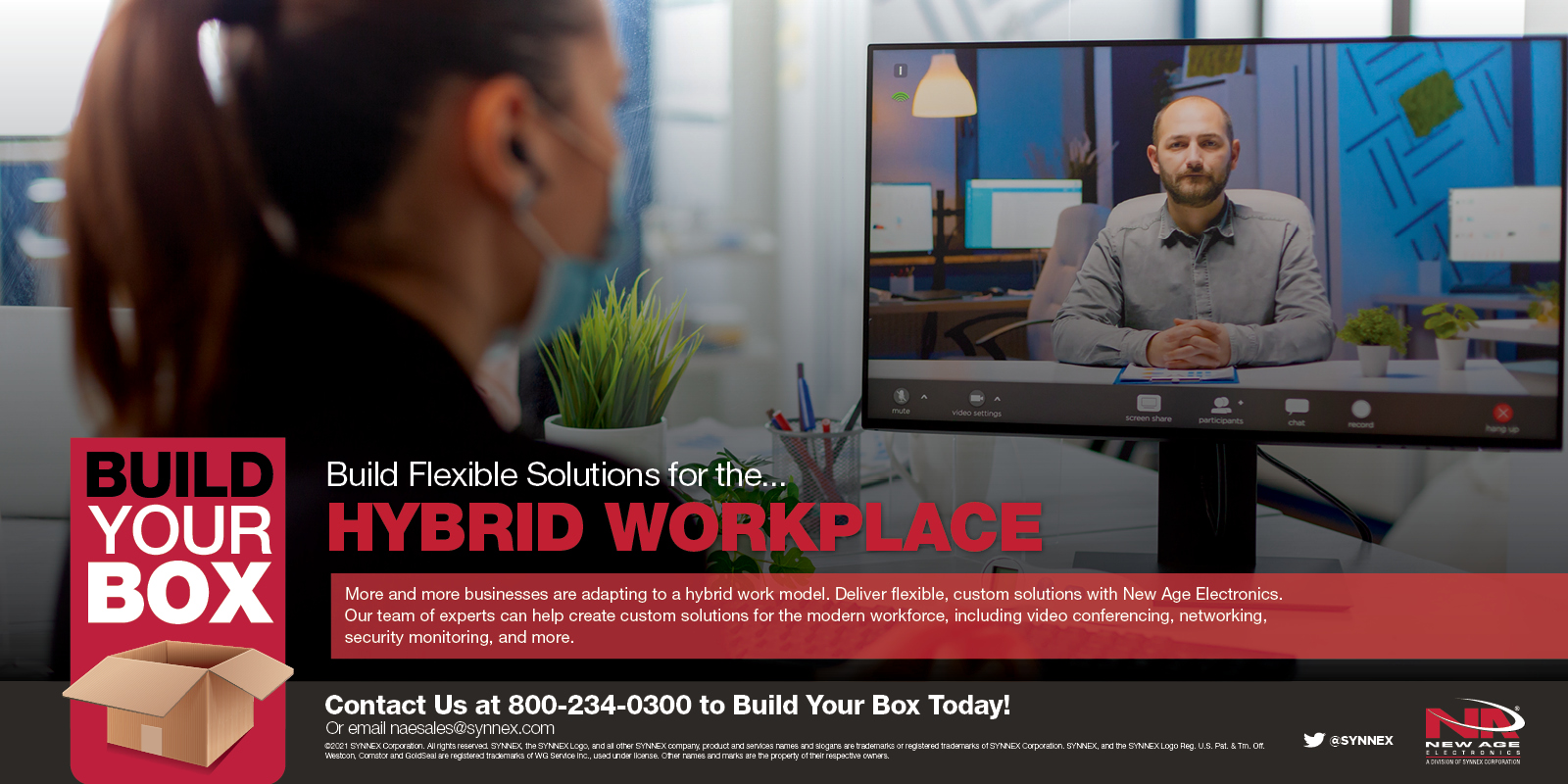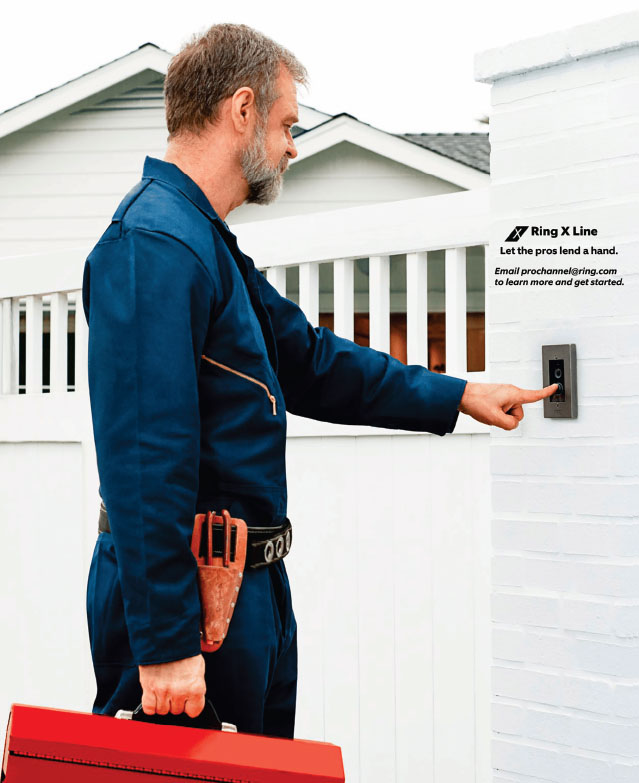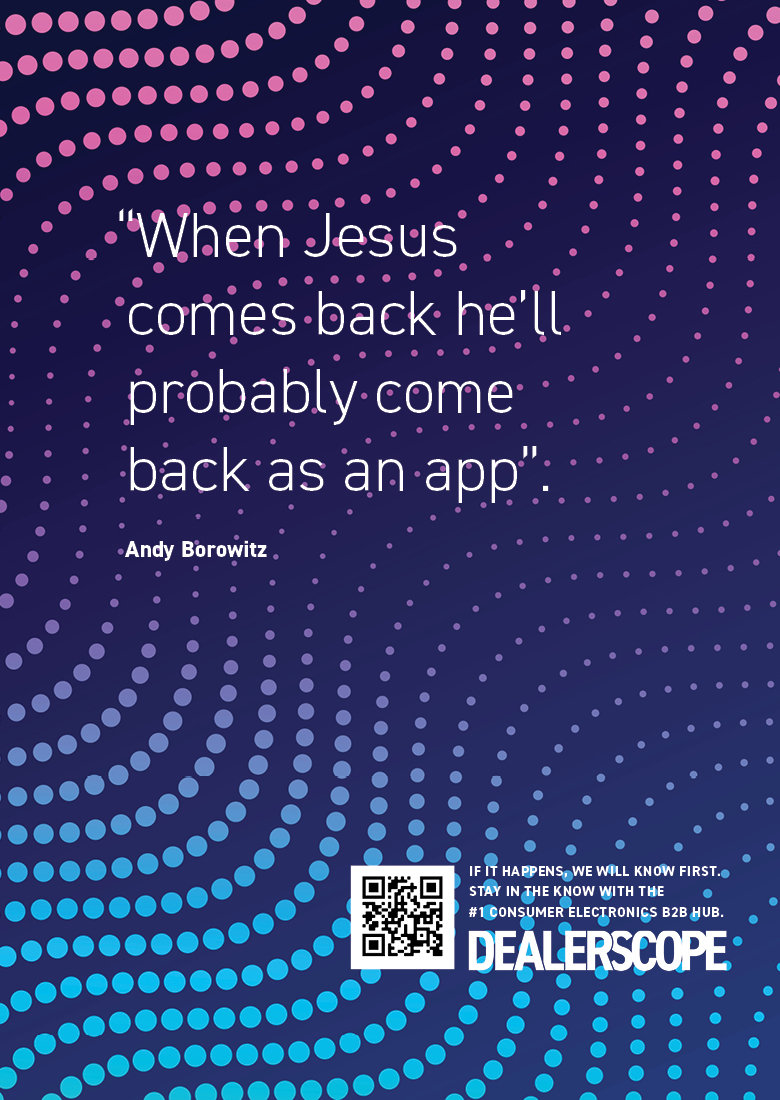In the November issue of Dealerscope, we look at strategies for pushing through the supply chain slow-downs and gather intelligence on when things will start to clear up. Plus, we look at why luxury appliances are so important to the future of the independent channel, survey the latest smart oven technology, and find out which smart devices new home buyers want.
Sometimes tech
is so mind-blowing!

The world remembers that 9/11 was a very sad day — and it was especially sad for those of us in New York City, watching the full disaster unfold as we looked out from our office windows in 2001. This 9/11 was the 20th anniversary, and I was glued to every special and documentary, as I am every year.
One of the cable networks had a special called, “The Lost Calls of 9/11,” and it included a story about a man in Texas who had purchased an Eyretel voice recording product at an electronics outlet center. Once he got home, he decided to see if the machine worked and what content was on it. It turned out that it contained revealing, never-heard-before calls from across the street, from the World Trade Center. This documentary showed relatives hearing for the first time the voices of their loved ones before they perished in this tragedy. What a gift to these people! And it was only possible through the power of technology. These are the days when I value and love that I am in this industry.
The world came to appreciate the real value of consumer technology on that day. Fast forward 20 years, and today, we are all once again being made acutely aware of the importance of consumer technology — because of the chip storage. Every online shopping channel, news program and retail TV ad is telling us to shop early to make sure we can access everything that our loved ones want for the holidays. Therefore, our cover story will be focused on this shortage, how it affects our industry, and how long it will last.
Elsewhere in the issue, we unbox the latest Embr Wave product together with Sam Hitt, and we look at why TV prices will go up, and at why digital art is a trend for every household. Our social media kit will give you the marketing tips you need to make the most of the holiday sales. And our “Retail on the Run” looks at a new and cool retailer on the West Coast.
We interview a real estate expert on what tech new homeowners want sellers to leave in the home, and what tech new homeowners want to purchase. We look at luxury appliances in the independent channel, and cover smart water devices.
Also, we have a great Fall Accessories article from the president of SYNNEX/New Age Electronics, Fred Towns. It’s something you won’t want to miss.
We are proud of the product we produce, and if there are any topics that you feel need to be covered, feel free to contact me at tmonteleone@ctlab.media.
Tony Monteleone,
Group Publisher of CT Lab Global Media
A WORD FROM OUR EDITOR IN CHIEF
Reasons to Be Thankful, Part One

Whether you celebrate it or not, Thanksgiving is usually a day that most Americans have off, and one that is often spent with family (or, in the case of “Friendsgiving,” with friends). Since it always takes place near the end of November, the holiday always reminds everyone to consider what they are thankful for, be it in life or business. Inspired by Scott Hymas’s rousing NATM convention speech, in which the buying group’s president reminded everyone to focus on what’s going well – high demand, increased sales, and the value of independent retail brands – I had a think on my own Dealerscope-world gratitude list. Here are three list items, big and small, that are most top of mind.
Let’s start with the obvious and most important to those in the CE and appliance retail and manufacturing sectors: Demand is way up. This is a no-brainer, and dovetails with what Hymas said in his speech. Despite inventory shortages, shipping issues, and rising prices, 86 percent of U.S. consumers plan to spend an average of $785 on holiday gifts in 2021, according to NPD. This is more than in either 2019 or 2020. According to the Consumer Technology Association (CTA), 183.6 million U.S. shoppers also say that this year they’ll spend an average of $528 on consumer electronics gifts – everything from laptops and gaming consoles to TVs and even accessories such as chargers. Is it any wonder that Nationwide Marketing Group’s Independent Retail Confidence Index showed a three-point jump to 69.5 percent at the start of Q4? Clearly, some dealers are awake and smelling the roses, but the rest might want to take a whiff and join in the holiday cheer because it looks like we might have at least another year of this, as some analysts predict in our cover story this month.
Secondly, I personally am grateful to have managed to skirt this pandemic without catching COVID-19, at least not knowingly, though I still sometimes wonder about that worst-ever cold that forced me to postpone a flight after CES 2020. So far, I have managed to stay COVID-free due to a mix of vaccinations, and now a booster shot, as well as the vigilant mask-wearing – properly, over my nose – in public places (like industry events). To boot, testing is so much easier now – and continues to be free in most places, even without insurance – that I do it once a week at my local pharmacy, and always have the option of over-the-counter at-home rapid and PCR tests.
Protecting my health and the health of those around me isn’t my only motivation for masking up, even though I’m fully vaccinated; frankly, I just don’t want my body to serve as a host for the development of some other vaccine-resistant mutation of this virus. It’s just basic biology.
Health benefits aside, there is a business case for vaccines: According to The NPD Group’s Annual Holiday Study, 58 percent of consumers are more comfortable shopping at brick-and-mortar retail stores due to the wide availability of vaccines. But COVID is still here, which is why 41 percent of consumers surveyed by NPD plan to start their holiday shopping early, and are likely already doing so by the time you read this.
On a lighter and more enthusiast note, I’m thankful that the resurgence of records and the turntables on which to play them continues apace. Vinyl sales rose by a whopping 94 percent to $497 million in the first half of 2021 versus 2020, making records the most profitable physical audio format, though arguably the competition isn’t that fierce in the era of digital streaming, which rose 26 percent to $5.9 billion and made up 84 percent of all recorded music revenues in the same period. Even cassettes are enjoying a comeback, and sales more than doubled last year (with Discogs announcing during October’s Cassette Week that it now had 1.1 million cassette titles in its online database).
As someone who kept his vinyl and cassette collections from high school and beyond in storage for the past decade, I’m looking forward to trying them out on a new Rega turntable — likely the entry-level P1 or step-up P3 — that I plan to splurge on before the end of the year. And though they are considerably lower-fi, my cassettes have been getting regular play on the original Becker radio and tape deck that’s in my restored 1983 Mercedes W123 300D that I’ve had the good fortune to use as a daily driver in Southern California for the past six years. (As for home play of cassettes, I invested in a Sony Walkman Professional back in the early ’90s that has needed repairing since nearly then, but I plan to tackle that in the coming year, in case anyone has any suggestions for retro audio equipment repair.) It’s no surprise that stores such as Supervinyl in Los Angeles, which we profile in this month’s Retail on the Run interview with owner Barry Perlman (who also founded Lucky brand jeans), are finding success selling both vinyl and high-performance turntables by Rega and McIntosh, among other select audio components.
From now until the end of the year, we’ll be posting coverage of plenty of positive trends on our website to counterbalance all those dire inventory shortage articles, including our cover story in this month’s issue, so stay tuned.

Tom Samiljan
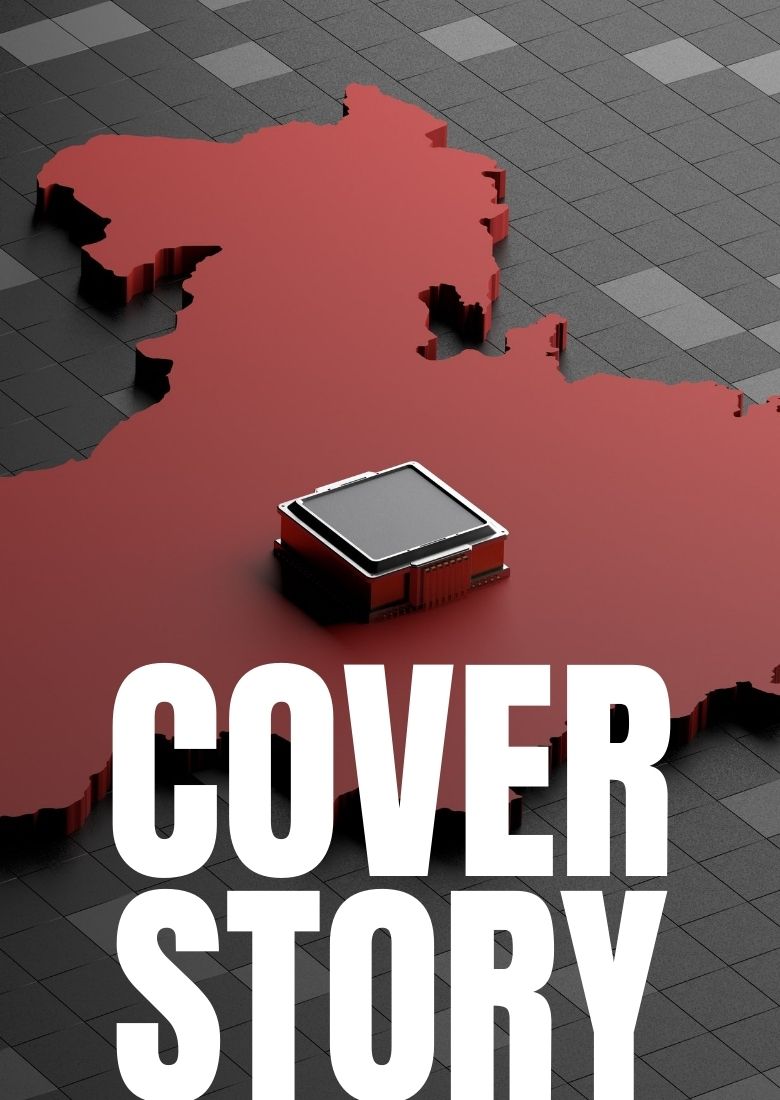
COVER STORY: INVENTORY SHORTAGE
What’s the Inventory Story?
Some blame today’s supply-chain issues on the chip and labor shortages; others on unprecedented demand. The truth is somewhere in the middle.
BY EGON SANDERS

From nearly every retailer’s perspective, the most important story of the past two years has certainly been the ongoing supply-chain disruptions wrought by the COVID-19 pandemic. First it was paper products, wheat, masks, and sanitizer. But even though there is now ample supply of those products, the availability of parts and delayed deliveries of products has expanded, almost in waves, since at least the early months of 2021. It has affected nearly all industries, not least consumer electronics and appliances, including TVs, smartphones, e-bikes, refrigerators, laptops, and cars, to name just a few. Volatile costs and unpredictable wait times have created one hurdle after the next for the entire supply chain, from factories and manufacturers to retailers and consumers.
These disruptions have been particularly exacerbated in the consumer technology industry, where demand has risen dramatically as supply has plummeted; remote life has driven a greater need for everything from laptops and tablets to game consoles and VR devices, which have become increasingly difficult to come by. As we tumble into the second holiday season in COVID’s shadow, it’s clear that there are manifold complexities to be overcome — but whether that will continue to result in companies being unable to meet demand, however, is somewhat less clear.
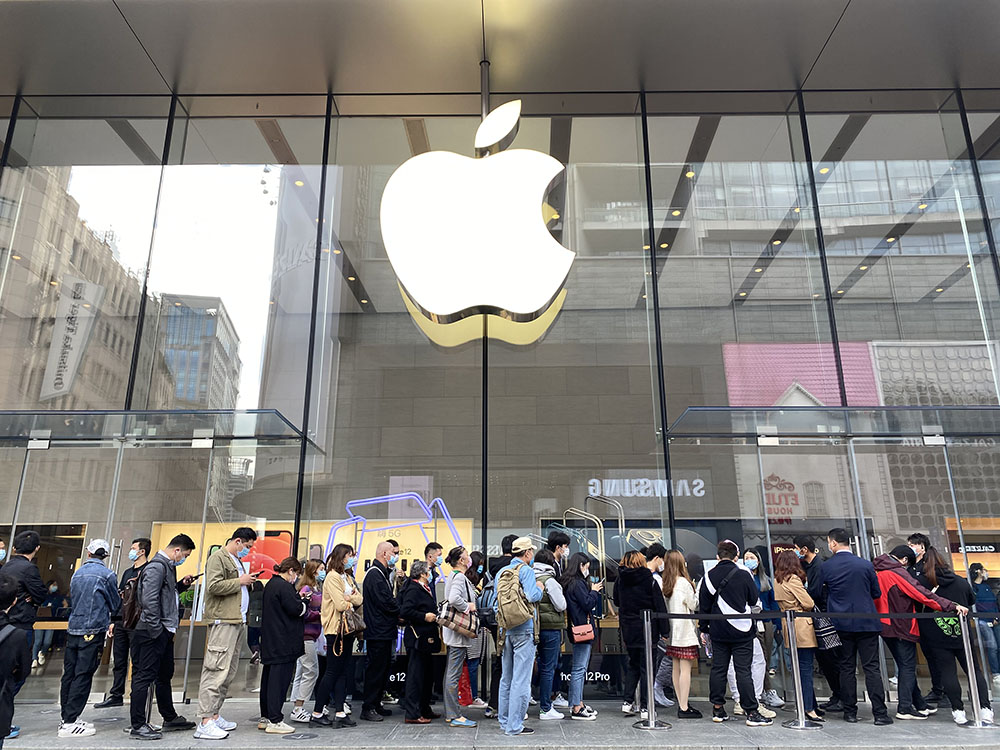
It’s not just a chip shortage.
Last month, the trade group IPC released its survey of hundreds of companies around the world regarding their experience with disruptions to the electronics supply chain. The results are rather telling: Nine out of 10 manufacturers are currently experiencing an increase in their cost of materials, while seven in 10 have reported increased labor costs. Additionally, 80 percent of these companies reported that it was either “somewhat” or “extremely” difficult to find qualified workers. So both costs and worker demand are up; what remains unclear is whether these costs will be passed on to the consumer, and whether or not these companies will be unable to keep up with demand for their products.
And, of course, there are the component shortages. According to Canalys, for instance, shipments of mobile phones dropped by six percent in the third quarter of 2021 compared to the same time last year, due to component shortages preventing the manufacturers from keeping up with demand (even Apple is expected to cut its production by 10 percent in Q4 for its latest iPhone 13, with suppliers hitting challenges in delivering displays and wireless components). Car manufacturer Toyota cut back on production by a staggering 40 percent, and expects this situation to persist into 2022. The publication Wired and many others report that computer chips (and thereby, the consumer electronics products they inhabit) have been in short supply throughout the pandemic, and will likely continue to be. As Popular Science reports, “The CEO of chipmaker STMicro estimated that the shortage will end by early 2023. The CEO of automaker Stellantis said that the shortage ‘is going to drag into ’22, easy.’ [And] Intel CEO Patrick Gelsinger said the shortage could last two more years.”
Bharat Kapoor, a partner in global consultant Kearney’s Strategic Operations practice and co-author of a recent whitepaper on the topic, doesn’t foresee any relief in supply constraints until mid-2022 — and even then, doesn’t expect things to return to full capacity. “The reality is that it will take at least two to three years to come back to a steady state,” he says. “These times have exposed an underlying weakness in the consumer electronics industry, which is its inability to get ahead of the market and capture growth during an upswing and protect margins during downswings. The buffer inventories in the system have also been depleted, so pretty much whatever is being cooked is being eaten — the fridge and pantry are empty.”

Demand is way up (that’s good), but so are prices (that’s bad).
But not everyone is quite so bearish. Stephen Baker, VP of industry analysis at The NPD Group, says that things have in fact bounced back rather dramatically. “The answer, broadly speaking, to the ‘component’ shortage [question] is that there really are no shortages in consumer electronics right now,” he says. While conceding that there are a handful of specific products without substitutes — gaming consoles, graphics cards, and the like — Baker says this doesn’t represent the whole picture. “In general, if you are looking for almost any product in consumer electronics, you can find it,” Baker says. “We don’t have a shortage right now; what we have is too much demand.” Baker points to the fact that after 18 months of record sales levels, because of volumes that were unimaginable in most market segments pre-pandemic, any supply chain is going to be stretched and run into problems.
Baker says that the current scenario will not necessarily manifest in product shortages, but rather in price increases. “The biggest impediment to consumer buying is not availability; it is pricing,” he says, pointing out that segments of the TV market are up 30 to 40 percent over historic levels, and that most other categories are seeing similar (if not as dramatic) end-user pricing increases. Still, Baker warns that it’s vitally important to remember that “most categories continue to deliver double-digit increases over pre-pandemic sales levels, and have been doing that for 18 months now, with factories and the supply chain overall supplying more goods than they ever have in the past.”
How to keep the shelves full.
Kapoor predicts that this segment — consumer electronics — will continue to be the hardest hit, and especially so this holiday season. “Retailers need to develop scenarios on how, and with what, they will stock their shelves if the most popular game console or phone is not available,” he says. “Older products in their inventory may see full prices being paid. This may also enable alternate product categories — not substitutes — to find mind share and wallet share among buyers. Merchandisers and buyers at retail companies will have their hands full.”
Not all companies are being affected equally, either. “Bigger companies have robust supply-chain functions, even if they are suffering at the moment; they have higher buying power and can secure capacity directly with semiconductor makers,” Kapoor says. “Small companies typically rely on third parties. In times of supply constraint, those with the least power suffer the most.”
In the near term, prices may not come down. “A lot of capital is being invested, and companies will have to recoup that, which will take time,” Kapoor says. “Supply issues won’t settle for the next two to three years, and in the meantime, demand will only keep increasing.” He says that most people forget that data is growing at a massive pace — and data requires chips to create, move and store it; he likes to call this decade “the Decade of Chips.” “We are seeing our world change as never before — a change even bigger than what steam and electricity did in their time. Industries outside of high tech are just realizing what these tiny chips can do,” he says. “The genie is out of the bottle.”
SUMMARY:
- Chip and labor shortages, high shipping costs, and unprecedented demand have combined to create today’s supply-chain issues.
- Analysts agree that the supply-chain issues will continue into 2023.
- Even so, plenty of products are still shipping. Smart retailers will make sure to keep their shelves stocked with whatever is available.

CE RETAIL TECHNOLOGY
News From the CE Sector

Over-Ordering Causing More Supply Chain Strain
Retailers trying to compensate for inventory shortages are placing large orders early. However, per Jonathan Savoir, CEO of Quincus, which develops logistics technology, the rush is causing more strain on the already stressed supply chain and lengthening the waiting list for raw materials, component parts, and finished goods.
California Bans Gas-Powered Lawn Equipment
In October, the Golden State passed AB 1346, a new law that will ban sales of gas-powered lawn equipment by 2024. According to the California Air Resources Board (CARB), a gas-powered leaf blower produces the same amount of emissions in one hour as driving 1,100 miles in a Toyota Prius.


Retailers Pledge to Use Only Zero-Carbon Shipping by 2024
Nine multinational giants including Amazon, Ikea, Unilever, and Patagonia have just signed onto a pledge to move cargo on entirely zero-carbon fuel-powered ships by 2024. The pledge is designed to put pressure on the shipping industry to decarbonize faster. Presently, the shipping industry contributes 1 billion tons of CO2 into the atmosphere every year, which is the same amount of pollution that is produced by the entire country of Germany.
Azione Unlimited, Nationwide Marketing Group Announce Merger
The recent merger between Azione Unlimited and Nationwide Marketing Group brings together two of the largest buying groups in the industry and creates a combined network of more than 450 custom integrators. Nationwide and Azione are already working to develop new, innovative programming for all dealers, including in-market referral programs between the groups’ integrators and luxury appliance retailers.
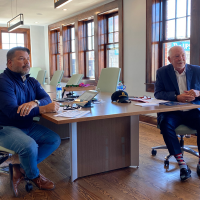
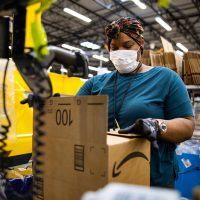
Amazon Hiring 150,000 Workers During the Holidays
The e-commerce giant said it will be staffing up with a variety of seasonal roles that start at $18 per hour, offer $3,000 signing bonuses, and, depending on the location, pay up to $3 more per hour. Training will be offered for the jobs in packing, picking, shipping, and towing, with many offering opportunities for full-time employment.
FEATURE: NFT ART ON TVs
The Digital Renaissance
How Digital Art Transforms the Television Use Case
BY DAN MIKESELL, President, Blackdove
Televisions have grown in size, quality, and technical capability. When they’re not in use, though, they’re empty and unappealing – a blank space in a home’s interior design. The average size of televisions sold in the United States grows by two inches per year, with standard displays now available in sizes up to 86 and 98 inches diagonal – to say nothing of the larger-scale LED walls now entering the residential market. These displays are in operation for less than five percent of their lifespan. Why are they sitting idle when they could instead be an enriching part of users’ lives and home designs?
As screens have gotten bigger and more sophisticated, they’ve also been at the center of an exciting cultural renaissance: the rise of NFT (non-fungible token) art. NFT art is an ideal solution to the design problem of the big, blank screen. Just like traditional artwork, NFT subject matter spans all tastes, from restful nature scenes, to provocative satirical and intellectual works, to abstract forms. Any screen can be instantly elevated into a gorgeous digital canvas, with artwork to suit any home or personality.
Other media – literature, film, music – have already fully embraced digital transmission, leading to vibrant cross-pollination of ideas and diversity of creativity. Visual art has trailed other forms because artists have historically produced unique physical objects, a “one of one” that cannot be shared. Now, thanks to the rise of NFTs (non-fungible tokens), digital art has emerged as one of the principal mediums of this generation’s top artists. Many are embracing the power of animation in their work, including both breakthrough digital artists like Beeple (Mike Winkelmann), and established world-renowned artists such as Urs Fischer, Damien Hirst and Daniel Arsham.
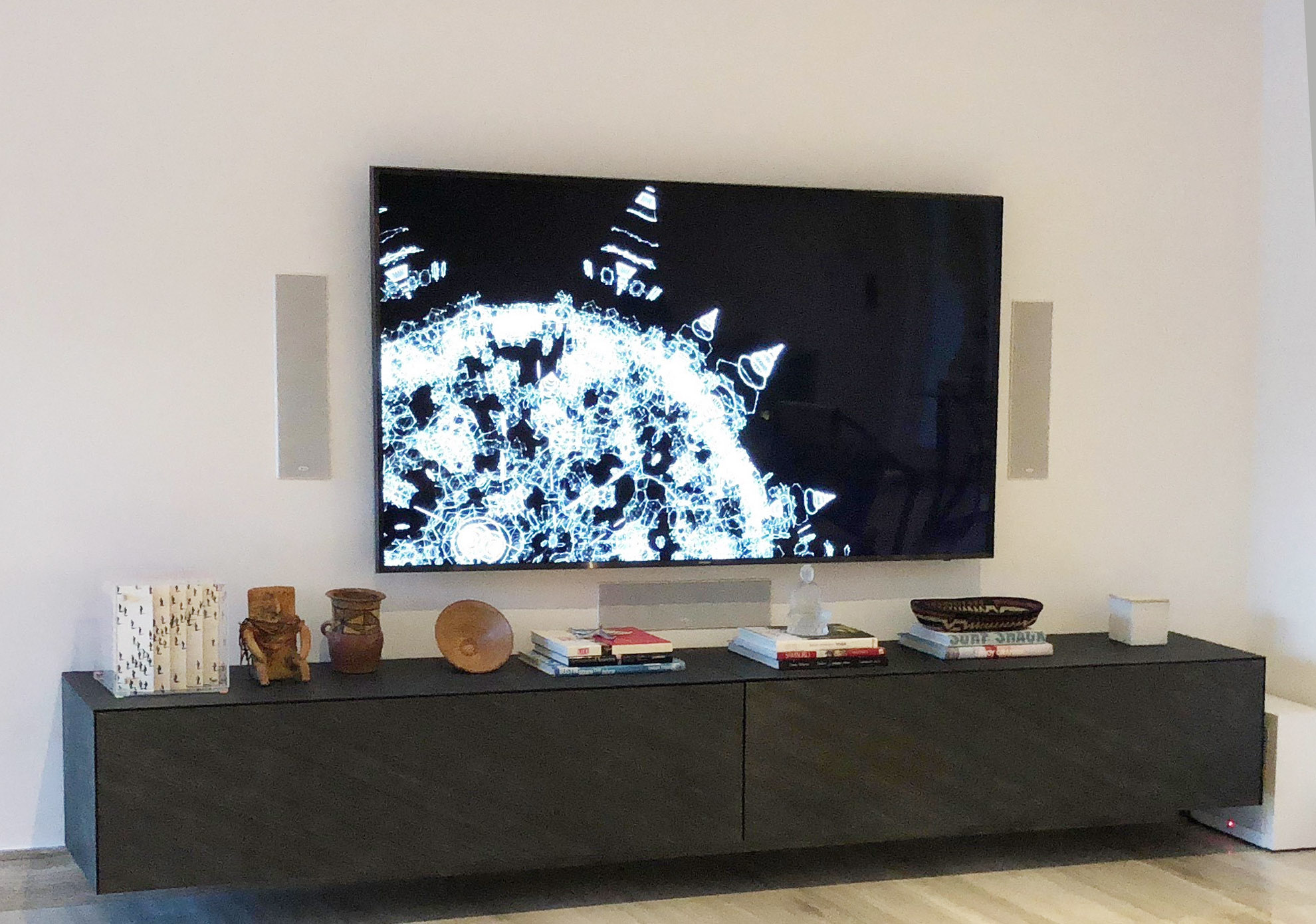
Digital art makes art collection more accessible to a whole new generation, giving artists an opportunity to reach a passionate audience. In contrast to physical works, people can access digital art instantly, either through NFT marketplaces like OpenSea and MakersPlace, or dedicated services such as the Blackdove digital art gallery. Collectors no longer have to weigh purchases for years, as they consider whether they want to live with a piece forever. They can support the artists that speak to them immediately. They can also rotate the pieces they display gracefully and easily, supporting a broader array of artists, and refreshing the visual landscape of their homes.
The rise of digital art is an opportunity to re-imagine screens, not just as a workplace tool or television, but as the medium for a dynamic art installation. That’s a monumental shift in perspective, from utilitarian tool to vehicle for cultural enrichment. For dealers, this application could open a path to sell larger screens to a broader profile of customer: not just those interested in sports, gaming, or movies, but those who are passionate about entertaining, interior design, and the arts. With digital art, all kinds of users can derive more enjoyment out of both their screens and their home environment. And crucially, this application is possible with practically any screen.
Any smart TV can download apps for the management and display of digital art. Some, such as Blackdove, will also allow users to support artists and discover new works through purchase or subscription. Even legacy “dumb” displays can become digital art installations through the integration of an art server. The highest-quality dedicated art servers can both house users’ NFT collections locally and connect to digital galleries to access cloud-based collections and discover new works.
For those consumers who are specifically interested in digital art as a standalone installation, there are certain applications where a specialized, dedicated display is recommended. For example, many works of digital art are produced in portrait aspect ratio. Standard displays should only be hung in landscape orientation; they are not properly designed for heat dissipation when hung vertically. When recommending displays for digital art applications, make sure you understand the nature of the works the customer wants to display. Only use commercial-grade models for always-on or portrait-oriented applications.
Up until now, the preference for larger and larger displays has been at odds with the aesthetics of sophisticated interior design. Now, thanks to the digital art revolution, these screens can offer thoughtful enhancements to an elegant home. It’s not going too far to say that, far from being a problem, screens leveraged for digital art applications enhance their owner’s quality of life.
“Art is a universal truth,” says Marc Billings, co-founder and CEO of Blackdove. “We will live better lives when we can experience more art. Digital art and NFTs are now part of how art enriches our lives.”
KEY TAKEAWAYS:
- Dealers are poised to benefits from a steady rise in the number and size of screens in the average home paired with the rise of digital art.
- With the right app or media server integration, practically any display can serve as the canvas for a digital art installation.
- Designers can now incorporate digital art as a complementary component of interior design.
- Certain instances, such as always-on applications or portrait-oriented artwork, will require a commercial-grade display.
AUDIO/VIDEO
The Bluetooth Audiophile:
Are We There Yet?
BY MIIKE KOBRIN.

Hi-res audio and lossless streaming are hitting the mainstream through services like Amazon, Spotify, and Apple Music, making great sound more accessible than ever. But wireless headphones and speakers have been left out in the cold, thanks to Bluetooth’s ho-hum audio. Enter Qualcomm’s brand-new aptX Lossless codec — the firmware that processes, transmits, and receives digital audio from source to listening device — and you’ve got a potential game changer for streaming audio from these services over Bluetooth with no fidelity loss. That’s long-awaited news, but you’ll have to settle for CD-quality (16-bit/24kHz) audio for now, and if you’re using Apple and/or Beats hardware, they use a proprietary codec and haven’t yet announced any hardware support.
What about the sea of truly high-resolution recordings made at 24-bit/96kHz, which are better than CD-quality? Those are still off the table for Bluetooth, but the rate at which the technology has been evolving seems to indicate that we’re only a generation or two of codecs away from that kind of hi-res audio support.
aptX Lossless still relies on great hardware to reproduce audio, meaning the Bluetooth experience will still only be as good as the weakest link in the chain. Let’s take a look at what’s required to create a satisfying end-to-end digital audiophile experience.

Qualcomm’s aptX Lossless codec aims to make Bluetooth a viable option for digital audiophiles wanting CD-quality wireless audio. How far it will go depends on not just how many but which companies adopt it, as well as on whether discerning listeners will hold out for the promise of even higher-res audio down the line.
The Source
First, let’s get hip to some lingo. Sample rate refers to how many digital “slices” comprise each sound in the recording; more slices means more detail, at least up to a point. Bit depth represents the amount of information contained in each slice and is often used interchangeably with resolution. CD quality is 16-bit/44.1kHz, while “hi-res” audio is considered 24-bit/48kHz and above. It’s a good rule of thumb that acoustic genres like classical, jazz, and folk tend to have a wider range between loud and soft sounds than most rock, pop, and electronic music, and benefit from greater bit depth.
The only way to get CD-quality (and above) audio through Bluetooth’s narrow wireless “pipe” without losing fidelity is to squish it down using lossless compression. Remove data like frequencies outside the range of average human hearing, as well as those that typically aren’t well-reproduced by most consumer-grade headphones or speakers, and the resulting “lossy” file is smaller, but suffers from poor detail, thin bass, and distortions in high-frequency sounds like cymbal crashes. Lossless compression codecs are much choosier about what to remove, resulting in files not being quite as small but with no audible difference from the original (huge) uncompressed file. Lossless files and streams can support 24-bit/192kHz and up , depending on the format, but we’ll have to wait a while for Bluetooth to support that kind of resolution.
The Transmission
Codecs are the firmware that compresses, transmits, receives, and decompresses digital audio between devices. There are several on the market, including Sony’s LDAC and Apple’s AAC, but Qualcomm’s aptX HD (introduced in 2016) became widely adopted and offers very good (but still “lossy”) sound. aptX Adaptive came along in 2018 and added the ability to transmit even more data with more efficient (but still “lossy”) compression and greater fidelity. In September 2021, Qualcomm announced that it would include a Bluetooth Lossless codec in its Snapdragon audio chipset, which will enable the transmission of CD-quality audio from smartphones to wireless headphones.
The Output
The bottom line is that in order to reap the benefits of all the lossless content out there, listeners comfortable with CD quality will need a smartphone and headphones that support the latest aptX Lossless codec. And those headphones better be high enough grade to be able to reproduce audio with exceptional clarity. If the smartphone has aptX Lossless built in, but the headphones are still stuck at aptX Adaptive or aptX HD, you’re losing audio quality. If your headphones support the latest codec but have cheaply made audio drivers, you’re losing audio quality. The same will go for aptX Lossless-compatible speakers and home A/V components when they eventually become available.
The Market
aptX Lossless is currently limited to a handful of Android-based phones from Motorola and Xiaomi, as well as a few unsatisfying-looking sets of wireless earbuds. Apple gear like iPads, AirPods, and Beats are still stuck in the “Lossy” Age, and Apple’s own wireless protocol called AirPlay that supports lossless streaming over Wi-Fi isn’t suited to the low-power requirements of wireless headphones. High-end audio hardware makers like Bowers & Wilkins and Bang & Olufsen that have already dipped into the Bluetooth audio pool are still catching up to the last round of Bluetooth updates, with nothing newer than aptX Adaptive. Bose is another notable absence from the aptX Lossless scene.
Ultimately, if aptX Lossless proves to have reasonably consistent audio quality and finds its way into good-enough hardware, we could see a boom in higher-end wireless audio in 2022. It’s also possible that some companies that cater to audiophiles who demand better-than-CD quality are hedging their bets and waiting until Bluetooth can handle hi-res (24-bit/192kHz) audio — which seems likely in the next two years.
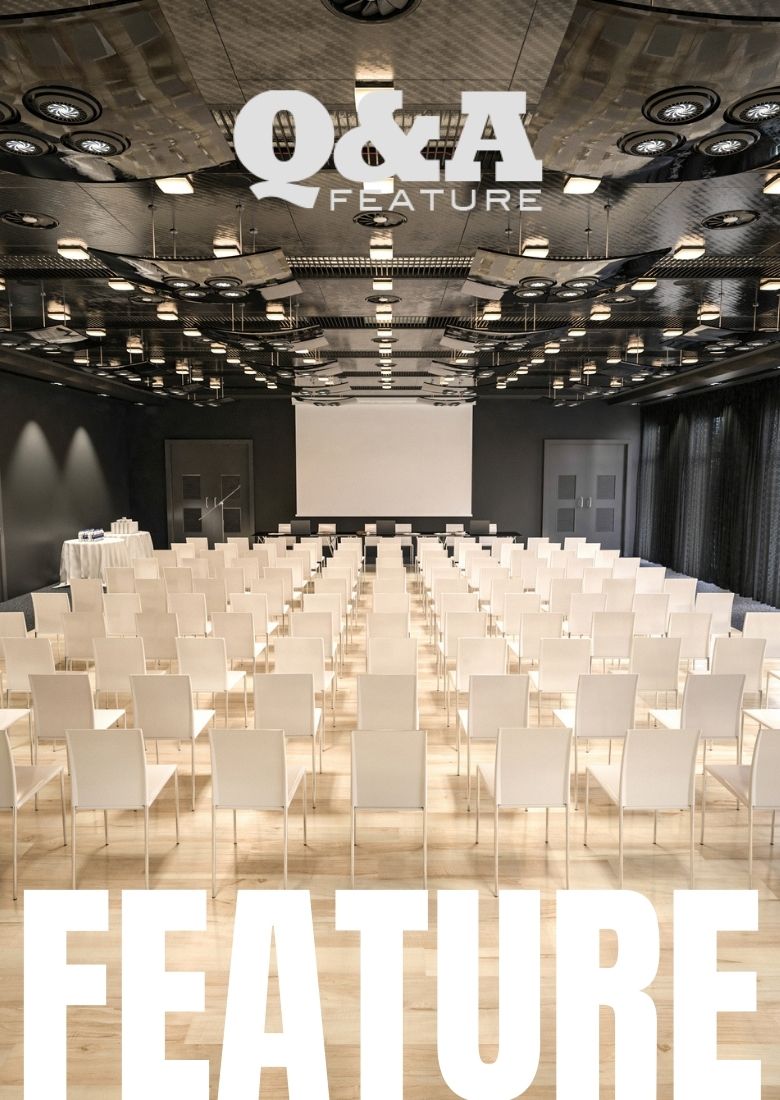
BUYING GROUP ROUNDTABLE
Group Dynamics 2021
In this annual survey, buying group principals tell how the past 18 months have both challenged members and energized their determination to succeed.
COMPILED BY NANCY KLOSEK

Dealerscope: Your group’s meetings had to be conducted in radically different ways during this pandemic period. Can you offer some reflections about what strategies worked best under these unusual circumstances? And, as of now, what are your plans, moving forward, for the next round of shows (i.e., hybrid in-person/virtual or fully one or the other, etc.)?


Hank Alexander, Director, HTSN (Home Technology Specialists Nationwide): Our first live show in Nashville was in August, with phenomenal attendance, and was part of Nationwide PrimeTime. We have a show planned for November that we’re surveying members and vendors about to find out what everyone thinks about doing it. [Given uncertainties going forward about COVID] I feel like we got ours in just under the wire [in August], and it was great, and, knock on wood, we came through it unscathed. We followed CDC guidance, and people followed it pretty universally.


Richard Glikes, President & CCO, Azione Unlimited: We had three virtual events. We used the Acelevents platform, and it worked out well; we had very good attendance, and the vendors and dealers were engaged. We had guest speakers, discussion rooms, cocktail parties. My expectation was that it wouldn’t be well attended or engaging — and I was 100 percent wrong. That’s the good news. Now it’s not the same as being in person, with human contact, but considering the situation, it worked out. [By the time this comes out we will have had] an in-person event in Nashville called the Nikhedonia in Nashville, attended by about 240 people, featuring dealer roundtable discussions, requiring COVID tests or full vaccination, and temperature checks and with rapid tests available, and with masks. In our dealer meeting, we’re getting five dealers to talk about what’s the best thing you did for your company. [Another topic is] structuring your work chart to maximize business and profits, featuring five dealers. But the one that I think is most interesting is about managing excess cash flow. We are really in boom times now, and people are not used to having these kinds of profits, so we’re talking about what they should do with those monies. Then there’s the vendor–dealer get-togethers, one-on-one face time, and small group meetings to discuss [topics such as] having a focused vendor lineup for more profits, flipping the switch on lighting offerings, how to lead your leaders, service as a profit center, and software usage.


Tom Hickman, President & Chief Member Advocate, Nationwide Marketing Group: We’re pretty proud of the virtual shows we’ve pulled off, but speaking specifically to Nashvillle [in August], our first face-to-face show in 18 months, my reflection on it was I underestimated how much our dealers missed each other and the vendors, and us. Candidly, we were a little concerned that we were not going to have great attendance, and we did have some vendors who made decisions not to travel. We weren’t sure about what we were going to get, and there was a heightening of COVID cases going in. But we had the least amount of attrition that we’ve ever had — less than a normal show, and it was a good harbinger for us as we went in. [Regarding] the member interaction, we interjected more networking because we knew they had not seen each other… So we purposefully built in more time with them with each other, as opposed to time with us, or professional speakers. There was a lot more networking time, and learnings. [With the pandemic’s onset] these retailers had to make radical changes to their businesses and to the way they operate. They had successes and failures, and so, sharing those successes and failures became much more important than, ‘Let’s train you on people, processes and systems.’ [It was about] taking the opportunity of learnings from what is hopefully a once-in-a-lifetime event, and a chance for best-practices sharing — it was really kind of powerful….
If I turn the corner into thinking about the next show, we’ll build on that networking piece of it. That was really a gem — a little diamond that we probably should have known all along it would be. So we’ll have more of that: more peer-to-peer, more panel sessions, more roundtables, more member-led and member-involved panels.
Right now, our [recent] PrimeTime show is available for free [broadly, to the industry at large, to access virtually for 30 days]. But I expect we’ll have a hybrid show in some shape or form as we move forward. We do intend to be in Phoenix in the spring; that’s a new city for us, and whenever we have a new city, we tend to have a good engagement. So we’re excited. We hope that it allows us to do it fully face to face, and all of our partners show up and all of our members show up, and we will continue to tweak and evolve the show to better meet their needs.


Ken Miele, CEO, ADC (Appliance Dealers Cooperative): We’ve always had phone calls once or twice a week [regarding] merchandising, so that was able to continue during COVID. We would also have monthly meetings which, of course, did stop during the pandemic. However, the two calls a week kept everyone in the loop about everything we needed to do. When it came to shows, they were canceled in 2020, but there was the NECO show [in September], and ADC is planning to move forward with our show in March at Harrah’s in Atlantic City. We’re proceeding with business as usual, with a very safe environment, just like we are at work, with temperature controls and sanitizing equipment both in our office and warehouse, to keep everyone safe.


Jim Ristow, CEO, BrandSource/AVB: We had our show in March 2020, at the beginning of the pandemic, and coming out of that, we had two national virtual events. We learned a lot about technology and what works well, and, quite frankly, what doesn’t work as well as face to face. Things like training and one-way communication worked really well in the virtual world. We just came off our national face-to-face convention, and those deeper meetings and the one-on-ones — members and vendors were really happy to see each other, to talk business and personal. Out of all this, we’re trying to learn, innovate and apply what we’ve learned.
In Spring, we’re going to have our national Summit, but we’re also going to continue to leverage technology at all these events. So it’s not just one or the other; it’s how do we get the best of both worlds.
In fact, we decided not just to focus on our two shows; we started a whole ‘recipe of communication’ in 2021. The two shows are still extraordinarily important, but we’ve also gone to smaller virtual regional Zoom calls where you can have an intimate two-way dialogue with a smaller number of people, for special business units like service. In the summer, we did smaller-group face-to-face regional meetings. And we have an inside team that communicates with members on a daily basis. Between all those things, we’ve done over 14,000 touches in the last six months, not including those two shows. We believe our members are starved for information — vendor, industry, supply chain. So we have members helping members, and we’re helping members facilitate communications between vendors and members.


Jon Robbins, Executive Director, Home Technology Specialists of America (HTSA): In place of in-person conferences, we held three virtual conferences, each a little more effective than the last. We had prerecorded State of the Union and keynote addresses and prerecorded panel discussions but we would open up live chats in breakout rooms afterwards to discuss what had been presented. In our Spring 2021 one, at any one time, we had 300 to 400 people attending. It was an advantage, on one hand, because members could open these presentations up to a lot more people in their organizations, since they were virtual. We got more people per member company. There was lots of participation. However, we’ve decided that we’re not going to do a member–vendor virtual conference in place of our Fall Conference. We can’t do our October one in person in Dallas, but decided to do some panel discussions and interactions with our members only. The reason? People are ‘virtualed out.’ There’s a lot we need to share with our members, but we aren’t going to push the issue and force members and vendors to attend. At this point, we want to really gear up for the Spring Conference and be bullish about getting together by late March, and with our vendor partners.


David Workman, CEO/President, ProSource: We held a very successful and safe meeting of our Power and PRO level members in August. Some of the keys to having a COVID-free conference were the safety protocols we implemented, which included temperature checks on registration, masks for the unvaccinated, and keeping the event contained around the resort. It also helped that over 80 percent of the attendees were vaccinated. We have made a decision to suspend our Town Hall meetings in cities across the country until January 2022. Our next planned event will be the Summit in Las Vegas in March.





Dealerscope: Name two or three major programs for your members that you have altered or tailored to meet their changing needs – and the changing dynamics of supply of and demand for the products they sell — during this pandemic period. What do you plan to introduce that will be new, to answer these needs, moving into 2022?
Hickman: Thinking about changing dynamics and the customer journey, we had to add to our digital portfolio and launched some digital products like Chatterbox — that’s our own chat text feature we launched at the show. We developed that competency and had a great takeup rate on that, coming out of the gate. And yes, supply chain has been incredibly janky, and there have been a lot of challenges. Looking at AHAM reports, freezer [sales] were up 287 percent. The supply chain challenges were real. So we went out and sourced our own product line around refrigeration last year: Element. We filled gaps in the supply chain we needed to fill during COVID, and now we’ve got a great group-exclusive brand in-house, and growing.
Service has also been a major sticking point — getting parts, getting service techs — so we launched our Service Leaders Network [with Director of Service Mark Pollitz — someone with over 30 years’ experience in that field]. And we had our first meeting – and we didn’t just invite our dealers to this because service is a national problem — [addressing] best practices, how to make service a profit center, and not a cost center, how to find service techs. It was a great opportunity for the group to leverage its scale to help solve what’s a pretty big problem right now, whether it be people, processes or systems — and not just [address] the sale part of our business but also the after-sale; that’s where the group differentiates itself. Moving into next year, we’re going to continue to build out our digital capabilities to make it easier for our dealers to meet the customer where they’re looking.
I think there’s a big opportunity for us somewhere in the human capital part of the business. Succession planning is going to be a big focus in the next year or two — second and third generations taking over, who we are helping in very specific ways; you’ll see training and education specifically around those functions next year.
Glikes: We did engage with The PowerHouse Alliance, and that, we think, allows for [dealers] to pick up local distribution. If they can’t get a receiver from a manufacturer, maybe they can get one that way. There are product shortages due to the chip problem. We really don’t want to add lines, but if we add a distributor who has lines, then you’re able to fill the need. They’re a good partner.
We also have a Slack channel. There, dealers are able to help one another with product through that channel. Each vendor has its own channel and dealers can ask questions as if they were in the same room with them. There’s a general channel, and one for product called In Search Of [for dealers wanting to communicate] the need for a particular piece, or if a dealer is overstocked on something. With it, you can ask 257 dealers if they have a particular brand or model. Dealers are making use of it even more so during the pandemic.
We have fireside chats with vendors — webinars where we talk about life in general along with there being a product pitch. We have our Seasonal Spotlight quarterly direct-mail piece focusing on 16 products. We have an email that goes out each Monday at 5 pm talking about five products – called Five at Five. We just think that communication is really the key — more is better. And then when we introduce a new vendor, we do a webinar about that.
Also, we built out a website called SmartHomeHire.com, and on there, we have different job [categories] and five YouTube videos that have had in the neighborhood of 16,000 views. The website allows people to see jobs — there’s over 100 posted, in service, sales and installation, categorized and written with the language to match the persona. That launched in June, because the Number One problem is not enough people — a universal problem. It’s getting lots of activity, and connects applicant to dealer.
We’re also trying to raise the overall level of the industry. If you look at the YouTube videos, we talk about how cool the industry is, and interviewed a bunch of installers; a couple of [the videos] glorify the industry as a whole, to try to get people interested in it. They’re very well done.
Robbins: During COVID, we stepped up our online educational offerings. We’ve got a significant repository of training assets that members have at their fingertips that they can send team members to. And we’ve done quite a number of vendor webinars when we feel there’s compelling content. We will continue that up to the Spring Conference.
There are some new things, too, but we’re not exposing them at this point. We’ve always tried to stay ahead of the curve in lighting fixturing and wellness, and there are some other things we’ve got in our scope.
Workman: As supply remains the Number One issue for dealers, especially [for] the smaller non inventory sticking CI members, we have been very proactive with our various partners to communicate what products can be accessed, and wherever possible, leveraging our size for consideration in allocation. Dealers need to be flexible, and if one product isn’t available, be willing to look at alternatives which may be available. We are also helping members enter the new, hot growth categories of shading and lighting with our exclusive education programs in the group.
Ristow: Some major programs launched. We believe the online and in-store worlds are becoming one and the same. And with COVID, we saw how online was so important; our members actually grew share at five times the record pace ever before for the independent channel. So much is based on technology and what members did online — the online presence became ‘the great equalizer.’ The independent, if they have the right digital footprint, enables the consumer to go on the website, see the price, see a good selection and then use the technology that allows them to buy online.
But in-store is where we focused recently, because that experience has been virtually the same for the last 40 years, and we wanted to revolutionize that. So we just launched what we call The Hub, which ties online and in-store. Some customers start at home and go to the store; some start at the store and buy at home. This is a combination of that. Our Hub helps facilitate the whole transaction, where it doesn’t matter where a customer starts; they can transact online, it remembers that data, and can pull up pricing that’s on the digital price tag and also all the specs and manuals, and email or text it to the customer while they’re standing there, and store it so the customer can access it when they get home and just hit the Buy button. It also links to the dealer’s point-of-sale system, so they can check inventory, availability, roadmaps; the dealer doesn’t have to leave the customer at all. We believe this will revolutionize how the consumer experience has been handled in-store.
Also, knowledge is power, in terms of data and analytics. So we’ve launched the ability to share with members data and analytics about what products are selling best nationally at what price points, and other related data to help them be better merchants, and to provide insights into how to benchmark themselves.
Alexander: We expect supply-chain issues to linger into 2022. Port issues will continue, freight costs are high, and we’ve talked to some vendors recently who are air-freighting in their stuff because it costs just as much as putting it on a ship now, and we get it sooner — but there’s obviously some things you can’t air-freight in because of massive costs. We’re a little more fortunate in that at Nationwide, we have seven distributors that we’re partnered with nationally, and they’ve taken better inventory positions in most of their brands, and are getting more inventory than some others. So we have more distributors to lean on. That helped us out on some product. We fight for our fair share and then some; and we communicate with dealers like you wouldn’t believe to find out what they need, and then just go and fight for it. Where need be, we partner with them on how we can help and what needs to be done — on logistics, on freight costs.
Miele: ADC’s Spring show is set for March in Atlantic City — we’re moving forward as planned. As far as programs, based on our volume, the vendors took very good care of us for the independent dealer. Our volume has exploded every single month since May of 2020. We are shipping record numbers to our dealers and they are selling record numbers. We’ve been able to provide them with a lot of merchandise; however, we’re still backordered on a lot of merchandise. What this has done is it’s made it a lot easier to operate from a logistical point, because you don’t have a warehouse as full, so the merchandise comes in and goes right back out. It’s worked very well, because the market has been very active for appliance purchases and still continues to be fairly active. We’re not really seeing a big slowdown at this time. We expect it to come, but at this time, we’re still shipping quite heavily. But we are looking at a minimum of at least six more months of disruption relating to the supply chain, talking about computer chips and other parts that are needed.
I don’t see us introducing any new types of programs other than maybe new merchandise that the vendors may introduce. We’re pretty steady; we put our programs together with the vendors based on new and existing product, and we look forward to providing the best pricing and programming to our members.





Dealerscope: What is currently the most pressing concern being voiced by your membership as we head into the end of the year – and what are you are offering in the way of help to your retailers to address that concern?


Gerald L. Satoren, Executive Director, NATM Buying Corp.: Clearly, the Number One concern today, and for much of the past year, revolves around the global supply chain and its impact on finished goods availability. Job One for every retailer is satisfying its customers. But the seemingly endless mountain of backorders, especially in the appliance business, has been a big source of frustration for both our consumers and our members. Fortunately, availability over the past month or so is showing signs that we may be finally starting to catch up. But the depth and length of demand outpacing supply has created concerns over what consumer demand in 2022 will be like for the categories we sell. Obviously, price inflation has become a topic we haven’t thought about for decades — but we’re talking about it now. How much of this year’s gigantic ASP increases are simply pandemic-related and transient? How much is structural, and here to stay? Also, despite the shortages, many categories had record years in 2020 with sales continuing to be very strong into 2021. How much of these sales were incremental and how much were simply a pull-up of a future purchase? Pile on the end of government stimulus spending, and the uncertainty mounts.
Of course, no one has these answers, given the unprecedented nature of what we’ve just gone through. Meaning planning retail businesses for 2022 will be somewhat of a dice roll and likely require a bit of nerve and market agility. Fortunately, the 12 iconic members of NATM, whose average age is close to 60, did not achieve these heights because they are timid or inflexible. We will simply buckle up and be ready for whatever ride 2022 takes us on.
Hickman: The biggest is how long is this supply-chain issue going to last? I have a Magic 8-Ball, and it says, ‘Ask later. Ask again later,’ because every time we think we’re out of the woods and we find a category that recovers, something else happens — chip shortages, container costs, whatever else it is. There are really two pressing concerns. One is, regardless of category, how long is demand going to continue to outstrip supply? And our solution to that is the same solution we’ve had: we’ll go find things like Element, and continue to lean into our scale, and make sure that our dealers are getting their share of the products coming out of the factories.
How long will it last? I certainly think [the industry is] going to be in this situation through the remainder of the year. There’s no question about that in my mind… and maybe into Spring of next year.
I try to settle my bones in the fact that I can’t remember a time that I’ve been in this business — and I’ve been in this business over 20 years — where we had two years of demand like this, so I’ll take it. I’m not saying it’s not painful, but the other side of the equation, where consumers aren’t purchasing or aren’t buying, is a much harder problem for us to solve than more factories, more people in the factories, more microchips, and more containers.
The second largest challenge is people. I talked to a member the other day who had 37 or 38 open job positions. So human capital is a big concern for our folks — just finding people regardless of where — sales, marketing, digital marketing, delivery, warehouse. There are a lot of people not in the workforce that we need in the workforce… We have a great HR team here that helps, and that is also available to the membership to help with that.
Ristow: It’s really twofold: one is inventory — supply chain — and the other is hiring.
Supply chain is all about information, which is power. We are outpacing our industry by over 15 percent, and it’s because our members, when armed with the right information, can adapt and take care of customers. That’s why we’ve spent so much time on this ‘communication cocktail’ I mentioned. That’s how we’re helping — arming them with the best information we can to make the best decisions they can. It’s the right information, in the right format, right now, so they can make the right decision.
Regarding hiring, the [overall U.S.] data out there shows up to 40 percent of employees are thinking of changing or quitting their jobs; it’s being dubbed The Great Resignation. Over four million people resigned last month, and just finding good help is a limiting factor for all industries. And there’s a labor shortage out there. But we believe that if [handled] right, this could be a huge opportunity for members to attract that 40 percent. The challenge is that everyone knows it’s a dilemma, and large companies have teams working on going after that 40 percent. So we launched HRSource at our show, with two goals — one being retaining current employees and the other, recruiting them. We launched a free Playbook on how to manage HR, and also launched a turnkey, customizable handbook that has state guidelines, that can bring dealers to the two-yard line. These handbooks are normally $3,000 to $7,000, but are free to members and are auto-updated as state laws change. That’s for employee retention; the other issue is, how to go after that 40 percent. So, part of HRSource is an exclusive relationship with a company called CareerPlug. It allows members to post positions on the AVB Marketing website but also link to LinkedIn and Indeed; it does it for them and tracks it for them through a complete dashboard, seamlessly managing new positions in a sophisticated way.
Alexander: Two things: supply chain, which is always challenging in Q4 anyway; I don’t ever remember a Q4 when inventory was great. Also, human resources — hiring more people, and the right people. We’re working on partnering with people to bring in and train new talent and new help — whether that’s through trade schools, or looking at partnering with folks to help find talented people to fill jobs.
Miele: It’s the backorders. That’s a struggle. There’s a lot of product that’s backordered because of lack of parts. And that’s probably, again, for six months more, at the minimum. That’s the biggest complaint. But our members have learned how to sell what they have, or we wouldn’t be shipping record numbers. So they’ve been able to move customers to what we do have available, when that’s possible. And that’s what’s allowed the record numbers every month.
Robbins: Two things. Obviously, supply chain, which is a universal problem. We’ve offered resources to members to communicate with each other so they can help each other for product needs. We bridged the gap so that members can communicate easily with each other to share product needs and product “haves.” And we’ve been able to accomplish that a lot of members have been able to procure products that they couldn’t procure directly from manufacturers.
The other thing we’re constantly looking at is talent acquisition. We continue to work on, with members, what our cultures are, and how to be attractive to the workforce. And I think the industry needs to do that — we need to be out there, showing beyond the boundaries of our industry that our industry is an exciting one and that we are attracting talented people. We’ve got to do a better job as an industry in advising the general public and workforce about what our industry is.
Glikes: I’d say it’s the ability to finish a job. If you’re missing one or two pieces, the problem is there’s a hold-back on the client, and you can’t complete the project and can’t get the final payment. It’s product shortages, and being too busy with not enough help. These are universal problems; you’ll hear the same from everybody.
Workman: The most pressing concerns are labor shortages and supply issues. We are opening our first ProSource Academy classes [in October], which is a hands-on, three-day intensive training to help dealers bring new installers into their system more efficiently, along with the ProSource University product for online training as well.





Dealerscope: Is there anything you’d care to add that wasn’t touched upon in the earlier questions?
Workman: The last area we are trying to help the dealers with is ProSource Marketing. As dealers enter new categories such as lighting and shades, they need a proper digital marketing presence to reach out to new customers and make them aware that they are in these businesses.
Alexander: This year, one of the things we did was to partner with CEDIA on education [which was another part of the business where the pandemic caused a challenge]. People couldn’t go to CEDIA, couldn’t go to regional events, and there was kind of a void in training, So we partnered with CEDIA and made all the 225 HTSN members CEDIA members and gave them a $200 credit for CEDIA education. That’s been a big initiative of ours — the CEDIA relationship, and more education and training. Educations has been a big push for us, and will continue as such into 2022 and 2023.
Miele: There’s no one that’s better at adjusting in this environment than the independent retailer. And they’ve done a masterful job — with our help — of staying ahead of the curve. We have three facilities and have picked up the pace logistically with record shipping to keep our dealers happy and ship to them every single day. We’ve had a dealer say to us that if I didn’t join ADC I would have been out of business, and that’s because they couldn’t get product elsewhere but from us. And when you hear a dealer say that, it makes it very rewarding for all of us.
Hickman: I’d just say that the independent channel was a needed channel. You know, we stayed open. We did all the things that we needed to do. We continued to deliver into people’s homes when maybe others didn’t — and we’re reaping the benefits of that. Our share has gone up, overall, and we’ve gained new customers. We’ve got data around new customers and new eyeballs on our sites. But I think now, it’s our job to keep those customers and make sure that they continue to shop at independent retail.
It’s been an incredibly stressful 18 months for everybody in the business, but it’s also been an incredibly fruitful 18 months for everybody in the business, if you’re doing it right.
SUMMARY:
- In the course of the more-than-18-month COVID timeline, buying group executives, while they have moved to more in-person and hybrid event formats, are continually modifying their programs and group strategies to be responsive to their memberships’ evolving needs, presenting members with newly developed marketing-tool arsenals that are in step with changes in their businesses and management structures that have taken place since the pandemic’s inception.
- With chip shortages persisting, and contributing to uneven product inventory, group executives say they have worked to smooth inter-member communication about product availability — an effort that is helping retailers to more readily satisfy product needs in certain categories.
- The majority of these groups’ executives say that supply chain issues and personnel/workforce shortages remain universal problems, and most expect that these could continue to pose significant challenges into at least the early part of 2022.
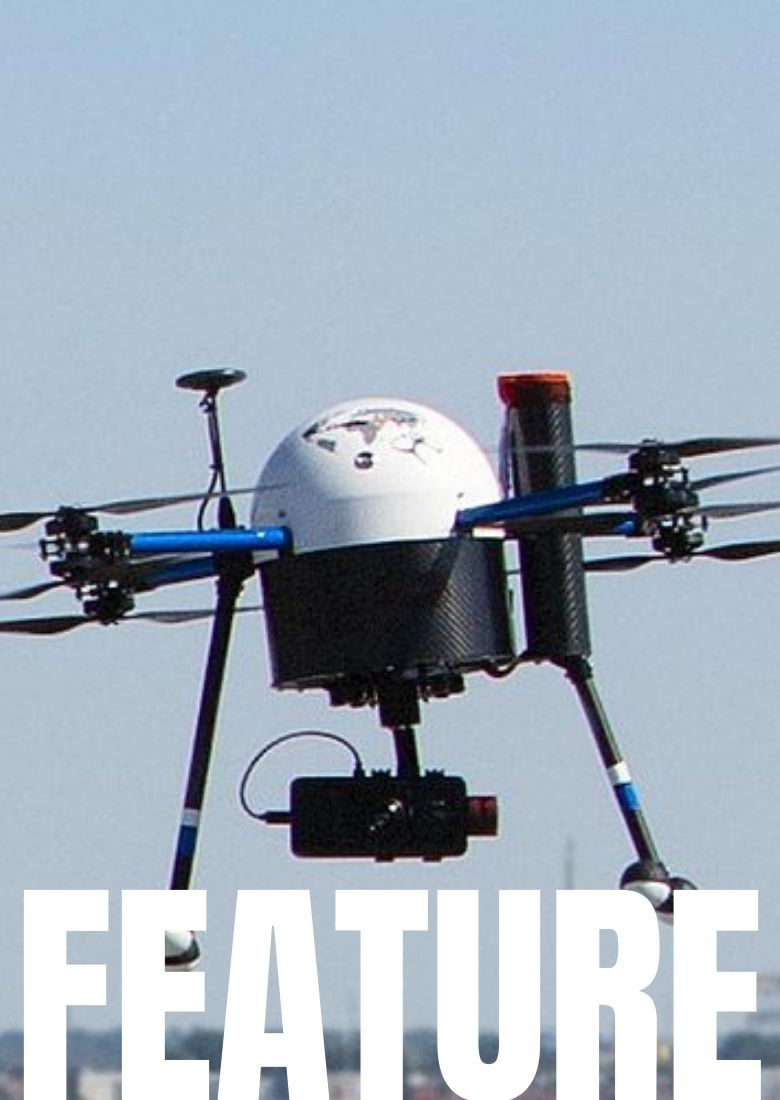

IFA BERLIN: SHIFTx 2021
Moving Forward
At the hybrid version of SHIFT Mobility’s SHIFTx conference, experts discussed technology’s role in the future of transportation.
BY EGON SANDERS
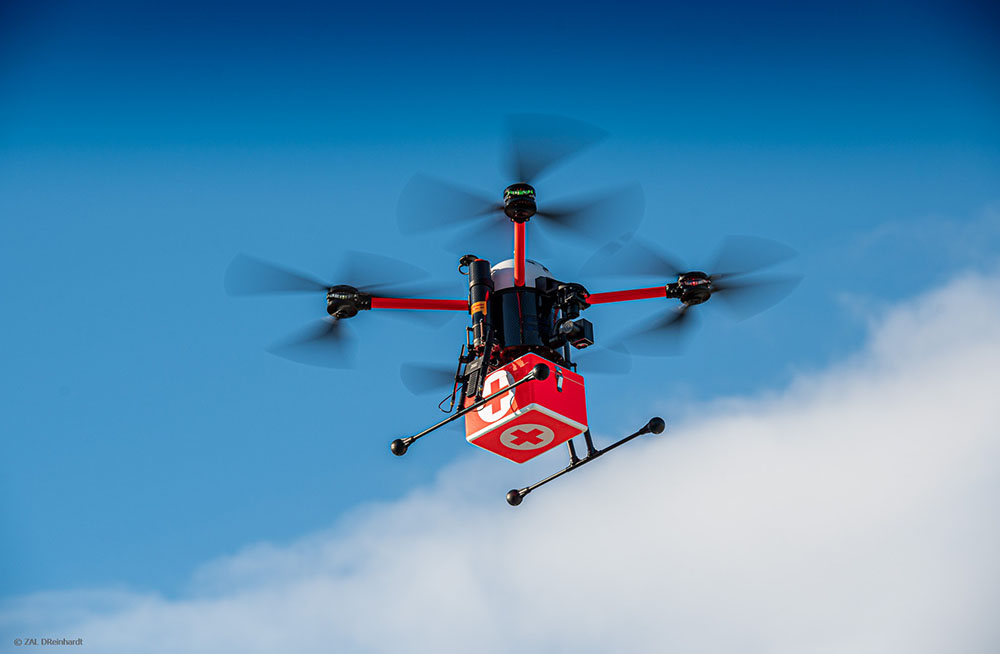

The 2021 SHIFT Mobility “SHIFTx” conference took place in Berlin in September, kicking off with a deep and wide-ranging discussion about the future of cities and transportation. The combination in-person and livestreaming “mixed reality” event brought together experts from across multiple sectors of the transportation and mobility space, combining remote and in-person discussions among folks throughout the industry, as well as those from various academic and nonprofit institutions.
Opening remarks were delivered by Johann Jungwirth, vice president of mobility-as-a-Service (MaaS) at Mobileye, an Israeli subsidiary of Intel that develops AI and computer vision-based self-driving cars and driver-assistance systems. Jungwirth gave a broad-strokes look at the problems with our current transportation infrastructure: Millions of people around the globe are unable to drive due to disabilities, along with 1.35 million traffic deaths and 50 million traffic injuries per year—to name just a couple. Jungwirth outlined his vision for how we’re tasked with solving these problems; his perspective, and that of the conference more generally, is centered largely around a vast network of driverless vehicles, eventually allowing billions of people to enjoy easier, safer, more efficient commutes. This comes with a number of significant knock-on effects: vastly lower energy consumption, decreasing costs for the average commuter and other drivers, and massively improved accessibility—leading to societal benefits like lower unemployment rates, reduced delivery costs, and greater all-around mobility.


Dr. Auke Hoekstra
The rest of the morning was spent digging into the hurdles and friction involved in making this future a reality, both technically and sociologically. Dr. Maximilian Fichtner, Director of the Center for Electrochemical Energy Storage (CELEST), spoke about the advancements in the development of more efficient battery packs for electric vehicles from passenger vehicles to trucks—combining new design methodologies, better engineering, and a broader range of materials. In a later discussion, Dr. Auke Hoekstra, founder at ZenMo Simulations and program director at NEON Research, spoke to the various ways in which we’re able to eke even more efficiency out of both existing and future electric infrastructure, such as car chargers that don’t start charging immediately, but rather wait until the most effective time of day—i.e. when renewable energy is most readily available to the energy grid.
Aimee Boulanger, executive director at the Institute for Responsible Mining Assurance (IRMA), spoke to the need to ensure responsible mining of the raw materials required for the battery packs powering EVs. She spoke about the complications involved in lithium extraction—water use, in particular, and how this affects the environment, and surrounding indigenous communities. “Telling a community in southern Chile not to worry, because these materials are going to be used towards renewable energy—this is not enough,” she explained. She went on to illustrate the need for circular economies—putting back in what we take out, as well as the need for greater transparency from these industries: “Today, we have a better understanding about the food we eat; can we have that consciousness around these materials we dig out of the earth? These materials come with an impact, so let’s understand that,” she said.


Daniela Richter
In talking about the future of autonomous vehicles in a panel called “Will Robots Drive the Future of Mobility?”, Dr. Hartmut Ayrle, CCO at EFEU Campus Bruchsal, spoke to the complications involved in legislation around this growing industry—pointing out, for instance, that insurance companies will have a growing interest in self-driving technology, because it makes drastically fewer driving errors than humans do. “This will be appealing because they diminish the primary risk,” he said, pointing at himself—namely, the driver. Karina Ricks, director of mobility and infrastructure for the City of Pittsburgh in the US, pushed the idea of not relying entirely on electric technology: “We can’t just say we’re going to electrify, but travel the way we’ve been doing,” she said. “Walking, bicycling, changing land use, using more digital technology [for work, rather than commuting], as we did during the pandemic. We need to change the way we travel. It’s not enough to simply electrify it.” The continued growing popularity and rising sales of e-bikes, e-scooters, and other electrified personal transportation devices suggest that this trend is already underway.


Mobileeye Vice President of MaaS Johann Jungwirth
Regarding the most distinctly futuristic scenarios around airborne autonomous vehicles (read: flying cars), Daniela Richter, project lead at Windrove & UAM (Urban Air Mobility), spoke of what she calls an upcoming “traffic revolution,” and her belief in “the Hamburg way.” This approach, currently being implemented in the German city, is “designed around starting with smaller drone projects that have a clear benefit for society.” She gave the example of a local program called Medifly, which delivers medical supplies to hospitals via drones, when time is a critical factor and city traffic creates friction. “We want to learn from such projects first, and then go on to establish urban air mobility in a broader way.”
Finally, the importance of a “multi-modal” transportation future was a recurring theme that spanned various panels. This is essentially the concept that instead of relying on a single option like a bicycle or train to get around, citizens (particularly in urban areas) have access to multiple and varied transportation options, to account for circumstances like weather, physical health, and whatever else life can throw at us. Maybe you’re able to ride an e-bike to work on most days, and take a bus on rainy days or when you’re not feeling up to it. Or maybe your commute allows you to ride a provided e-bike to the train station, and then pick up a new one on your way back home. Which sums up the sense one got from the conference more broadly: that there are no easy or streamlined answers here, and that every city—every neighborhood, even—will have its own unique challenges. That is to say, let’s be prepared with as many solutions as we have problems in solving our current transportation woes.
HOME TECHNOLOGY
Technology in Real Estate
The inventory shortage is leading many home buyers to look for properties with smart appliances and devices already in them. If you’re selling a home, here’s what to leave behind, and what to take with you.
BY VANESSA ZITZMANN


With home sales booming and people having more choices on which house to purchase, what are home buyers and sellers doing in the way of technology to help sell or buy a new home?
We asked top North Carolina real estate agent Lindy Mauney to provide some expert advice on this topic. Not only a top-selling real estate agent in one of the fastest-growing housing markets in the country, Mauney is also Luxury Home Marketing Specialist Certified, Residential Construction Certified, and a New Construction Home Specialist.
“When a home is prepping to be sold, the homeowner decides on what in the home will stay and what will go with them,” says Mauney. “But oftentimes the potential buyer will see something in the home they want to keep, which is then added to the sale price.”


As far as technology goes, larger TVs and TV mounts are a common ask. Becoming more common though, are smart devices such as Ring doorbells, Ecobee, and Nest thermostats. Although these products are not major selling features, they do make the listing look better. In addition, some of the first technology purchases a homeowner makes are for those devices, since they make a home easier to manage.
Another big selling point is the outdoor living space. “Since the start of the pandemic, homebuyers have been looking for homes that suit the new normal,” says Mauney. “Since we were not able to be out, people were drawn to homes that had a getaway outside. Homes with outdoor kitchens, fireplaces, weatherproof televisions, projectors, and sound systems were considered heavily in the decision-making process.”
In new-home construction, more homes are being prewired for security and lighting. The potential homeowners then have the option to have the security and lighting systems installed, which saves time and money. Also seen in higher-end new-home construction is the opportunity to customize a room as a home theater room, a home office, or a technology space.
Existing homes already have set usages for all the rooms, making converting a space a little more costly, but still doable. This is the perfect place for integrators to jump in and work with the potential buyer and real estate agent — get an installation done before all the furniture is moved in and the space is still convertible.
Right now, technology is not making or breaking home sales. However, as technology becomes more advanced, easier to use, and more accessible, it will continue to evolve as far as its role in home sales is concerned. Once the technology bug bites, the need for upgrades, updates, and new products is just an up-sell away.
LUXURY APPLIANCES
Top Chef Gear
Why luxury appliances are essential
to the future of independent retail
BY TOM SAMILJAN
Consumers may be flocking to big-box stores, price clubs, and ecommerce behemoths like Amazon for garden-variety consumer electronics, commodity televisions, and budget toasters, but when it comes to $15,000 refrigerators, they typically prefer to see products in store. This is an area in which the in-store experience is key, and it’s a rising focus for many independent retailers as they continue to compete against big-box stores. It’s why Nationwide Marketing Group (NMG) has now made it a key pillar of its offering and strategy for growth in the independent channel. In addition to a coterie of premium appliance brand exhibitors, the most recent PrimeTime show in August also featured the buying group’s first Learning Academy dedicated to the luxury space. “We’ve never had the luxury appliance business at the center of somebody’s desk, but the majority of the luxury appliance business in the market today is all done through independents,” says Nationwide Senior Merchant Appliances John O’Halloran. “So we have an obligation to our members to try to figure out what we need to do and better support them in this category.”
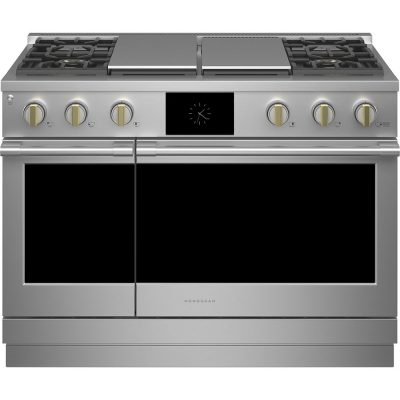

GE Monogram 48-inch Range
While luxury brands, per se, aren’t new presences at the buying group’s bi-annual show, they came to Nashville in larger numbers and with bigger booths than ever before. GE Monogram showed a new 48-inch range. Bosch set up its largest booth space ever, with Thermidor appliances at Nationwide for the first time. Nationwide and the Appliance Dealers Cooperative (ADC) took the opportunity at the show to announce a partnership that will make ADC’s 70 brands, many of them in the luxury space, available to NMG members. And, in a departure for a company that has always been associated with innovation thanks to its double-drawer dishwashers and top-loading laundry machines, Fisher & Paykel is also evolving into a luxury brand with a full line of high-end appliances to boot. At Nationwide, for example, the 85-year-old appliance manufacturer from New Zealand had on display a 48-inch professional range, a new 24-inch convection speed oven, and new double dish drawer dishwasher, and a 24-inch wine column, as well as a DCS 48-inch grill and other outdoor kitchen appliances.
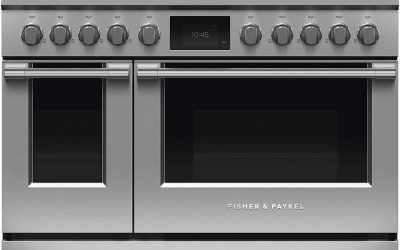

Fisher & Paykel Series 11 48-inch Dual Fuel Range
“We’ve always been known in this marketplace as a very innovative, product-driven company – we were the first company to come to market 20 years ago with a high-efficiency, no-agitator top-load washing machines,” says Fisher & Paykel President North America Kevin Dexter. “Now we’re just taking that same skill set and transferring it into a full line — columns, appliances for high-end cooking in all kinds of styles and designs for the premium kitchen.”
Why the move into luxury now? “When you look at all the indicators in remodeling and reinvestment in home, and the kitchen as a social place for gathering, we’re very optimistic about the outlook for the luxury industry,” said Dexter. “We see the long-term remodel and new build trends being positive for a very long time.”
With the proliferation of luxury brands and products, and the increased pre-purchase research that takes place online, what once may have been the exclusive purview of independent retailers is now to be found in more places, even ones that replicate the independent retailer experience. Pacific Sales today is just as much a store-within-a-store at Best Buy, which acquired the West Coast appliance retailer in 2005, as it is a dedicated appliance destination “More national players are getting involved in the luxury space, so we need to make sure that we are keeping our members competitive and at the same level with core products,” says O’Halloran. “We’re seeing the customer journey change, too. Consumers aren’t transacting online at a high level for $15,000 refrigerators or stoves, but that’s where they’re starting and where they’re doing a lot of research.” As such, Nationwide is adapting some of its existing analytics and omnichannel optimization platforms – Site On Time, RWS, PriMetrix – for the luxury market specifically. “We need to make sure that we’re looking at those differently than we do for core appliances because the luxury consumer is looking for a different experience. We’re working on ways to mirror the experience that a luxury consumer would have in store.”
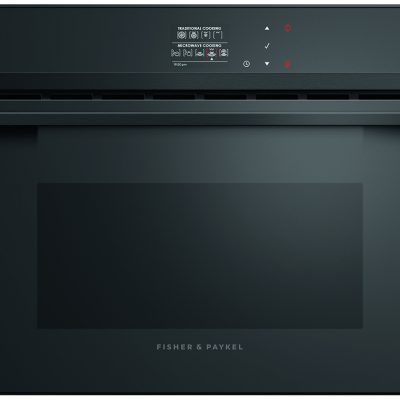

Fisher & Paykel 24-inch Convection Speed Oven OM24NDBB1
Even so, big-box stores overwhelmingly focus on the optimization of online channels versus in-store ones. And while some appliances can be purchased online, the vast majority of them still need professional installation and servicing, and that’s just for basic core appliances. Luxury appliances are often part of a much more involved design, architecture, technology, and automation process. “It’s really tough for some big-box stores to successfully sell luxury appliances. They’re big, expensive, difficult to deliver, difficult to install, and the sales cycle is very long,” says O’Halloran. “You need an assisted sales floor with an educated sales staff that knows what it’s talking about. These are areas of strength for the independent channel. We need to make sure we continue to focus on it because it’s absolutely imperative for their success in the future.”
Similarly, Fisher & Paykel and other brands in the luxury space recognize the advantage that independent retailers have in selling premium products, which is why they are doubling down on this channel. “Because these are such considered purchases and are usually tied to a build or a remodel, folks, even if they’ve done a lot of research online, want to get out and talk to well-trained and well-educated local market experts, to confirm that the choices they’re making are right for them,” says Dexter. “They don’t want to talk to someone who just happens to be selling appliances.”
It’s equally important for dealers to see luxury appliances in person, and talk to experts, which is another reason appliance makers are eager to attend live events. The recent PrimeTime was held in person, and it was the first time in 18 months that many attendees had been able to see products in person, which is important. “We’re a very known brand for some people but not for what we’re doing now,” says Dexter, “so each time we’ve come to PrimeTime in the last three years, it’s always been a journey of discovery for Nationwide members because it’s the first time they’re seeing, say, our combi steam oven or hybrid range or wine column, or all the outdoor stuff we have. It’s always exciting.”
SUMMARY:


Fisher & Paykel 24-inch Integrated Column Wine Cabinet RS2484VR2K1
- Sales of luxury appliances continue to rise thanks to new and remodeled home activity among consumers.
- Though preliminary research is done online, purchases usually only take place after a customer sees big-ticket appliances in person.
- Thanks to their educated local expert sales teams and ability to focus on custom projects, independent retailers are uniquely positioned to lead in this category.


ADVERTORIAL
ACCESSORIES
The Hybrid Worker
is Here to Stay…
…And that worker needs the right gear
to remain productive.


By FRED TOWNS, President, New Age Electronics


While some workers are returning to offices and some students are returning to classrooms, we’re far from returning to normal.
In fact, remote work and virtual learning remain with us, to a large extent, and particularly in some parts of the country. Hybrid forms of both work and school will be our reality for the foreseeable future.
Some companies have delayed reopening to later in the year or early 2022. But even where businesses have invited workers back, there’s recognition that the new workplace must be equipped much like remote workspaces.
Instead of attending in-person meetings in conference rooms, workers are still sitting in virtual meetings, even when at their desk at the office.
Messy backgrounds and barking dogs were easily forgiven when everyone on the virtual meeting was working from home. But as we transition into a hybrid work model for the near term and almost certainly beyond, distractions that make for unprofessional experiences need to be eliminated.
That means setting up workstations at the office with the same functionality, quality and tools as the best-equipped home offices – 4K webcams, high-quality lighting and great audio. Where budgets are tight, some businesses are determining which employees need the highest-quality gear or setting up fully equipped shared workspaces with dual monitors, ergonomic chairs and standup desks. Buy enough keyboards and mice for everyone to have their own, and stash them in nearby lockers.
Whether using rooms equipped for collaborative work or hot swapping desks, businesses need scheduling tools to assist employees in finding available space and reserving it.
And because we’re now in a hybrid world, every desk needs a docking station that handles connecting with a mouse and other necessary peripherals so that workers can move seamlessly between home and office. These should include a variety of connections, including USB-C, which is rapidly becoming common across devices.
The docking station at work might be connected to the network through Ethernet, but at home it will be on Wi-Fi – along with myriad phones, tablets, computers, streaming devices and video game consoles. That requires optimizing Wi-Fi speed and reliability through mesh networks or bringing 5G inside the house.
With devices connecting interchangeably between home and work networks, security is increasingly important. Installing security software on all PCs and notebooks in the house provides an important first line of defense to ensure a virus isn’t picked up at home and then brought into work. And keep in mind that various devices connected to the home network, like printers, can become vectors of attack, so robust firewall software is important.
The laptops employees are bringing back and forth from home to office need proper carrying cases or backpacks with the necessary padding and protection. Backpacks should fit comfortably and include room for accessories. Consider adding tracking devices in the event the case is misplaced or stolen.
While we may be in a period of transition, we’re not transitioning back to the way things once were done. We’re transitioning into an entirely new way of work and learning, with technology leading the way and opening up new opportunities to work more productively and safely.
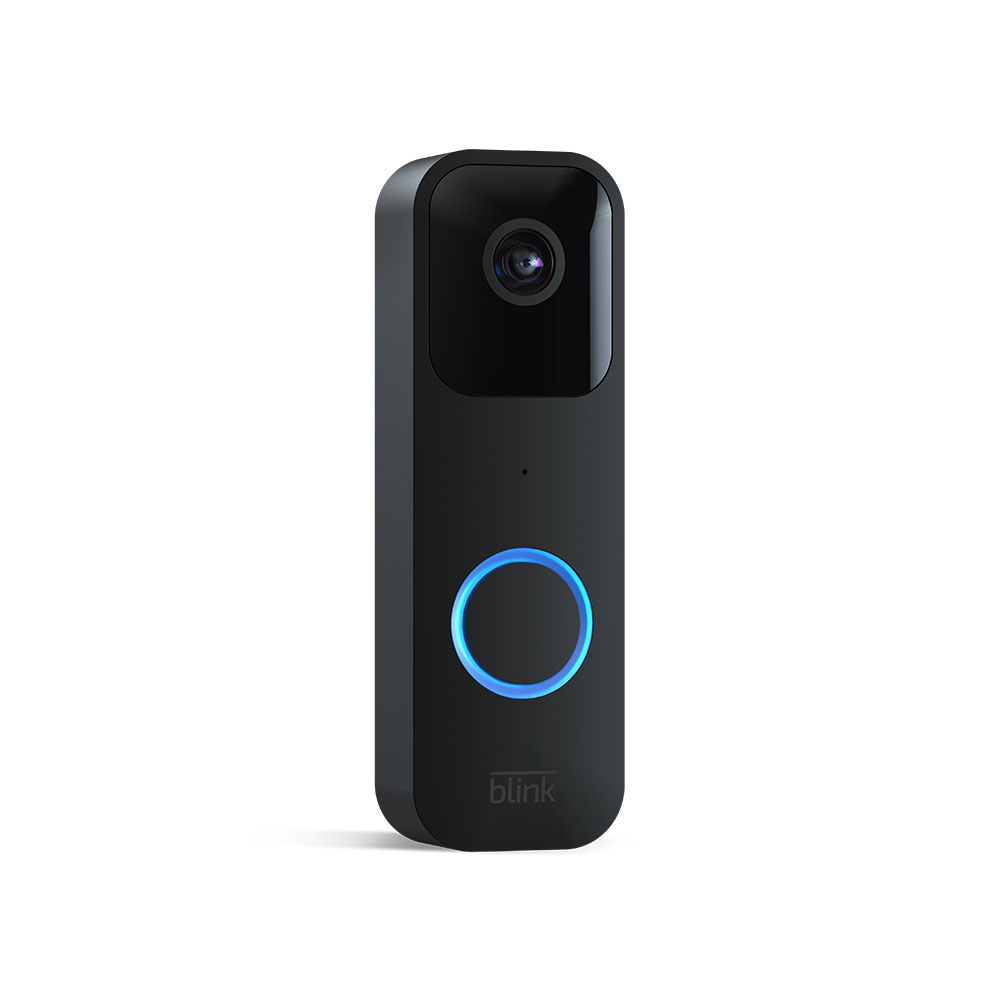

Doorbell:
The Blink Video Doorbell features two-way audio, HD video, motion and chime app alerts and easy installation. Go wire-free or connect to existing doorbell wiring to also sound in-home chime. The video works with Alexa and allows users to answer their door anytime, anywhere from their smartphone with 1080p HD day and infrared night video.
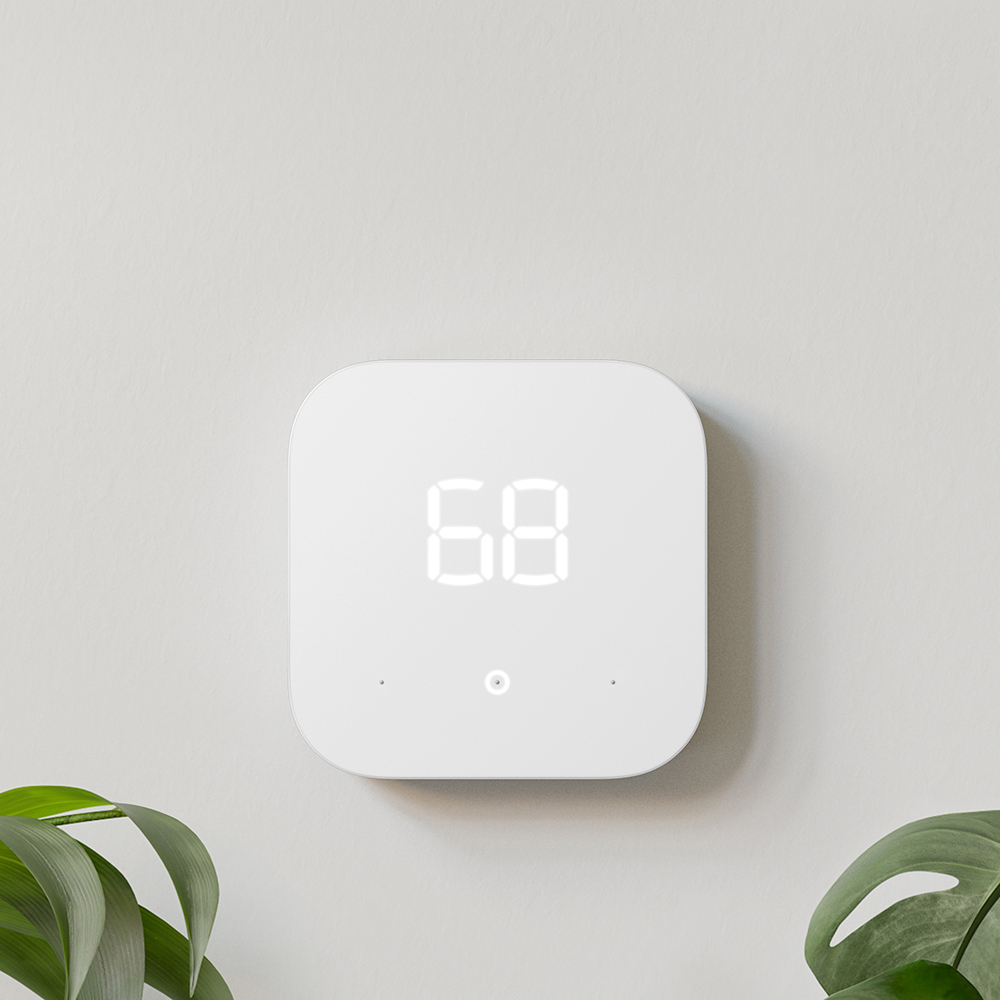

Thermostat:
The Amazon Smart Thermostat is an easy way to switch from a traditional thermostat and help reduce energy usage. Users can install the Amazon Smart Thermostat on their own by following the step-by-step instructions in the Alexa app. They can control the thermostat remotely from their mobile phone and track and manage energy usage via the energy dashboard. Alexa can even do the programming for them by updating the temperature to stay comfortable.
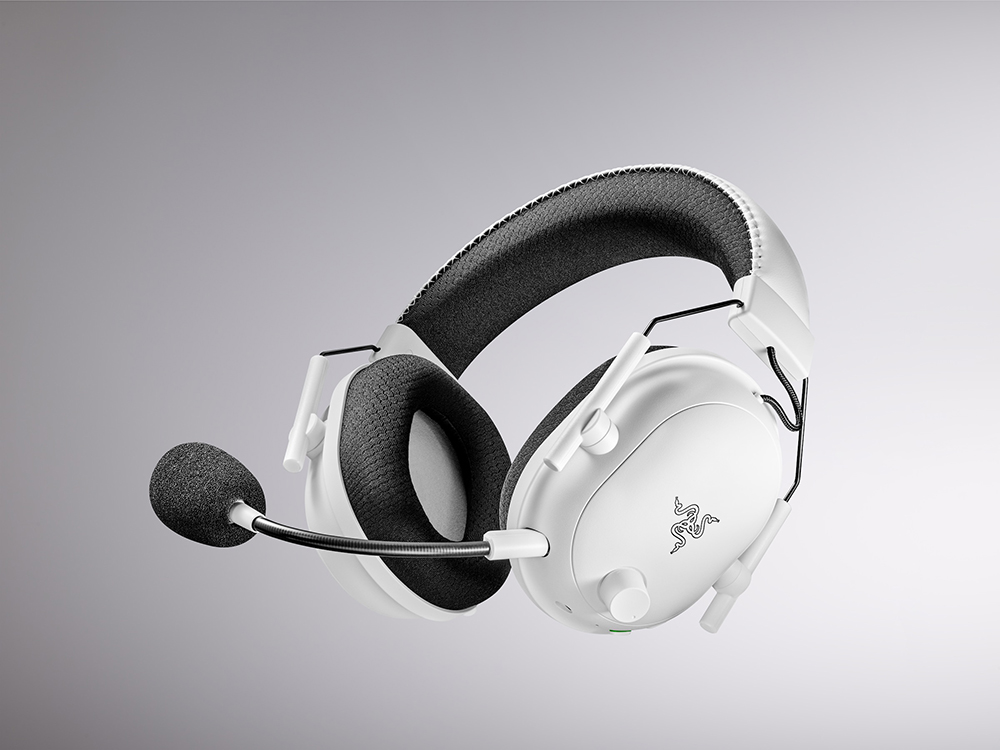

Razer BlackShark V2 Pro
Razer takes the multi-awarded Razer BlackShark V2, the definitive esports gaming headset, and brings it in a wireless form factor. A triple threat of amazing audio, superior mic clarity, and supreme sound isolation, the headset is powered by Razer™ HyperSpeed wireless technology, delivering lossless audio for low-latency wireless gaming.
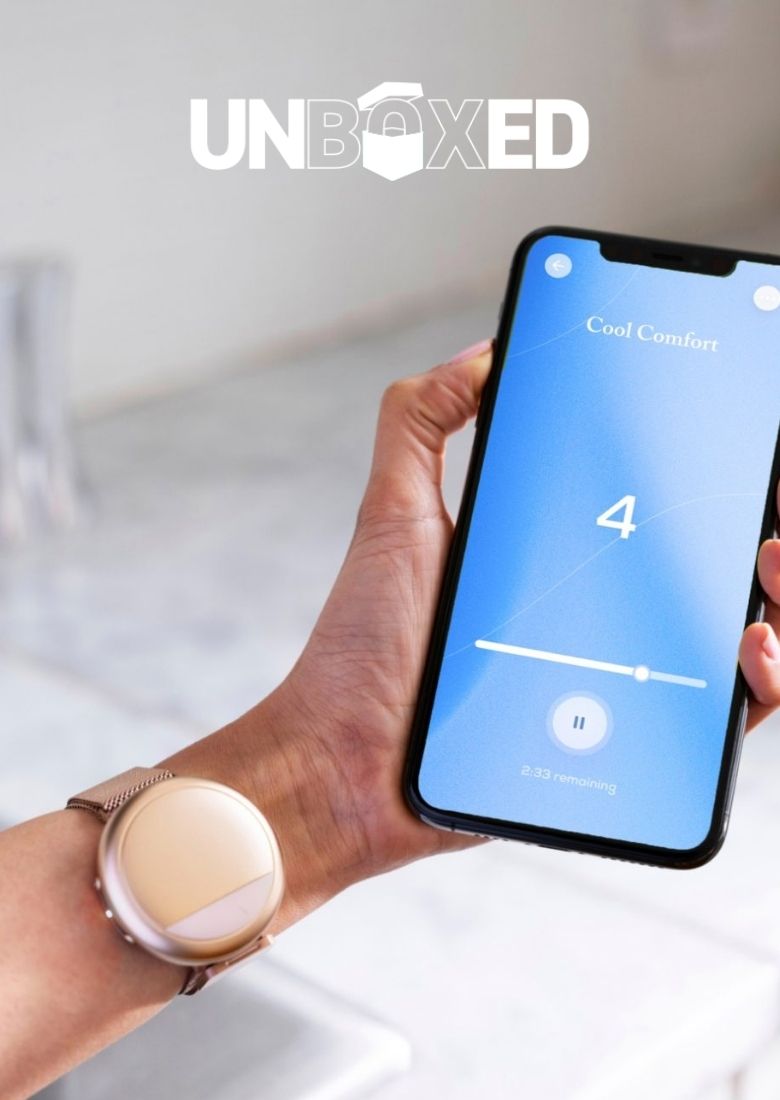

UNBOXED: WAVE 2
Thermal Therapy
By regulating body temperature,
the Embr Labs Wave 2 aims to reduce stress,
improve sleep, and more.
BY SAM HITT
Marketed as a wearable device designed to reduce stress, improve sleep, and help with hot flashes by regulating body temperature, the Wave 2 from Embr Labs is sure to be like no other tech wearable you have used before. If, like me, you are a health- and wellness-focused consumer, then you have probably experimented with some sort of fitness-minded device such as a Fitbit, Whoop, or Apple Watch. Check those expectations at the door, because this device is unapologetically different.
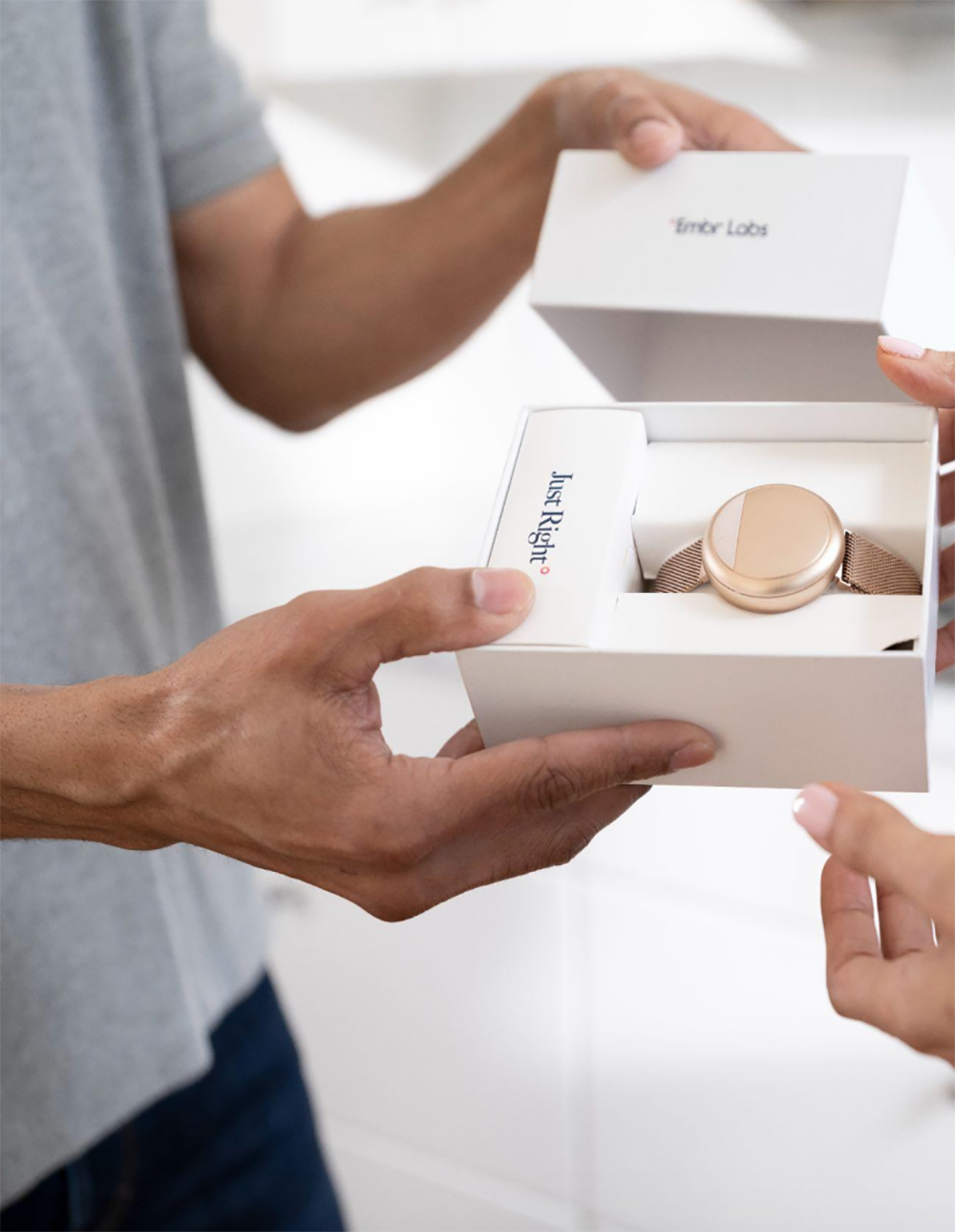

Unboxing
Upon unboxing, I was pleasantly surprised with the sleekness of the Wave 2. Though the device head is rather bulky for a wearable, the Wave 2 includes a magnetically adjustable metal wristband that is extremely comfortable, and never slips. The Embr Labs Wave 2 kit includes the Wave 2, a comfort band, a charging station, and a brief instructional manual on how to set it up. Getting the device set up was extremely easy. It comes fully charged, and all you have to do to get going is download the Embr Wave 2 app, and enable Bluetooth on your phone. Placed on the inside of either wrist with the buttons pointed towards the elbow, the Wave 2 can be controlled through your mobile phone, or by the heating and cooling buttons on the side.
Settings
On the app, there are four categories for you to choose from: comfort, hot flashes, stress, and sleep. To be frank, I found that all the settings felt very similar, and were made up of wave-like pulsations with either warming or cooling sensations. The major variation in the different categories comes from the length of the overall session, and the time between pulsations. For example, the sessions geared at combating hot flashes are shorter, only three to 10 minutes in length, and include rapid pulsations of cool; however, the sessions for sleep are much longer, with options to provide warming or cooling sensations throughout the night, and pulse at slower intervals. The device is intelligent in the sense that it tracks your usage of different categories and time spent with them. Thus, if you use the device disproportionately for sleep or stress relief, it will track this usage and give you recommended sessions based on your past choices.
How It Works
For you tech nerds out there, the Wave 2 comes from MIT-based Embr labs and uses a battery-powered thermoelectric heat pump to power heat away from or towards your skin using a principle known as the Peltier effect. Under the Peltier effect, two touching materials – in this case, your arm and the thermoelectric pump – absorb or emit heat at the junction to balance energy potential at the contact point. Thus, when you press the heating or cooling buttons, the thermoelectric pump moves electricity in one direction to cool your skin and in the other direction to warm you. The Wave 2 operates off of a 580mAh Lithium-ion rechargeable battery that takes roughly two hours to fully charge.


Hands-on With the Whole Family
I put the Wave 2 through the testing wringer. Everyone, from my buddies to my mom, got a turn with this product. Since everyone’s temperature needs are different, I felt it was important to gather a broad sample size to measure how different people reacted to the hot and cold settings, as I assumed that their preferences would vary in relation to my own. There’s a running joke in our family that my dad, brother, and I all have a bit of polar bear in our blood since we like to keep the house at a brisk 65 degrees whenever possible. Thus, it is likely unsurprising that since I got the device in the dead of summer, I employed the cooling properties of the Wave 2 far more frequently than the warming settings. I found the device unbearably hot when cranked above the second-lowest heating level. Even my mother, who rebels against our love for the A/C by walking around the house in one of those sleeveless sleeping bags, found it uncomfortable to bring the device up past the third level of heating. That being said, the Wave 2 was amazing for sleep. I utilize the cooling pulsations of the Wave 2 to lull me asleep almost every night. I have found that focusing on these sensations does wonders for turning your brain off after a busy day.
Bottom Line
Overall, I thoroughly enjoyed my experience with the Wave 2, but, as with any device, there is room for improvement. In my opinion, the device could benefit from an expansion in its capabilities, such as monitors that record heart, step count, and sleep data. As it stands now, someone who wishes to enjoy both the amazing thermal wellness benefits of the Wave 2 while keeping track of fitness metrics would be forced to wear a device on each wrist, which is cumbersome.
The Embr Labs Wave 2 can be purchased in two styles: black and peach. Weighing only 2.2 oz., it’s comfortable on the wrist and is 1.7 inches in diameter. It sells on the market for $349.


FEATURE: 5G
Away From Phone Homes
Due to the proliferation of home 5G and fiber-optic infrastructure, mobile-only households
are a slowing phenomenon.
By KRISTEN HANICH, Senior Analyst, Parks Associates.
One of the emerging trends over the past decade has been the appearance of the “mobile-only” household. These households are served by smartphone or tablet data plans – originally meaning a 3G connection, but now LTE and 5G – but lack a traditional fixed home Internet subscription. Parks Associates formally defines a “mobile-only” household as a household where at least one member subscribes to a smartphone or tablet plan with cellular data, but the household lacks any type of subscription to a fixed Internet connection such as fiber, coax, copper lines, fixed wireless, or satellite internet.


The Parks Associates Q2/2021 forecast of Broadband and Internet Households estimates that the number of mobile-only households grew from 1.1M in 2009 to 14.5M in 2019. When the COVID-19 pandemic hit in 2020, this number dropped to 12.8M. These mobile-only households represent some 10.4 percent of U.S. households overall.
Demographically speaking, mobile-only consumers tend to be more rural than home Internet subscribers. According to Parks Associates consumer survey data, they are twice as likely to live in a rural area as fixed broadband households and are also more likely to rent, and skew lower education and lower income. The average mobile-only household earns roughly half as much as the average fixed broadband household. Mobile-only consumers are also younger, following the overall smartphone-owning demographic. In short, mobile-only adoption is a method of last resort among households that either cannot afford – or cannot access – traditional fixed broadband.
Previously, it was considered that many households might switch to mobile-only services due to the low costs and the advent of 5G. However, this has not materialized to date. A number of changes have swept across the United States and the globe, helping to account for this trend:
- The COVID-19 pandemic has impressed upon consumers the need for a home broadband connection. Fifty-three percent of consumers value their broadband service more than they did six months prior. During the COVID-19 pandemic, consumers who could afford to subscribe to fixed broadband – and those who could access it – did so in order to gain access to streaming entertainment, work remotely, or to support their children’s remote schooling. Parks Associates estimates that U.S. broadband providers added 5.2M new subscriptions in 2020.
- The mobile-first trend has decreased.
Consumers no longer prefer to use their smartphones for everything. From smart TVs for video, to smart speakers for music, to smart watches for hands-free communication, consumers are adopting technology that gets them away from their phones. The COVID-19 pandemic has also caused consumers to re-evaluate the role of the personal computer in their lives and homes – both laptop and desktop computers saw an overall increase in ownership from Q1 2020 to Q1 2021, the first increase in a decade-long decline. - Consumers are owning a greater number of Internet-connected devices.
Consumers are increasingly adopting a wide mix of connected entertainment products, smart home products, and connected health products. Each of these devices requires its own Internet connection in order to function properly – and devices work best over a dedicated connection to the home, not a mobile hotspot. As of 2021, the average U.S. broadband household owns 14 Internet-connected devices, up from 9.2 in 2016 – a growth of roughly five devices across five years.
In addition to these factors, Internet service providers have been working to expand their networks, making home Internet more available to consumers. Fiber rollouts in particular have intensified, driven by high broadband demand and consumers requiring faster uplink speeds for video conferencing and remote work. Another expansion of note is that of wireless Internet services, which have increasingly been resolving past challenges around latency, data caps, cost of service, and available speeds. Mobile service providers are no stranger to using their mobile networks for home Internet access – since the advent of 3G, cellular companies have offered hotspot devices. These devices offer dedicated Wi-Fi hotspots with a separate data plan – hotspots capable of providing Wi-Fi to multiple devices. More recently, MSPs have begun pushing 5G for home Internet access – providers such as T-Mobile and Verizon are making use of their 5G networks to power Wi-Fi router/gateways capable of providing high-speed connectivity to a whole home. As 5G availability expands, these networks will grow to cover much of the U.S.
Parks Associates forecasts that the mobile-only trend will continue to reverse itself, with mobile-only households in the United States declining as fixed broadband networks and home Internet provided over 5G expand. Mobile-only is unlikely to disappear entirely, due to its cost-friendly nature and ease of subscribing, but is unlikely to exceed 13 percent of U.S. households, and the percentage of mobile-only households are likely to only decrease with the growing availability of affordable home broadband options enabled by new network rollouts and new wireless technology.


AUDIO VIDEO: TV PRICES
TV Prices Continue to Head North
Shipping and supply-chain issues
aren’t likely to ease until next year.
BY JOHN R. QUAIN
Ever since the days when a 32-inch Mitsubishi television was the largest set you could get, the rule for TVs year after year was: bigger screens and lower prices. But this year, everything’s different.
“Since 2000, it’s the first time I can remember TV prices actually going up,” says Tim Alessi, LG Electronics USA’s head of home entertainment product marketing. LG recently released its much-anticipated flagship 65-inch rollable TV, the $100,000 LG Signature OLED R. It’s a reflection of the fact that consumers are not tired of big-screen sets.
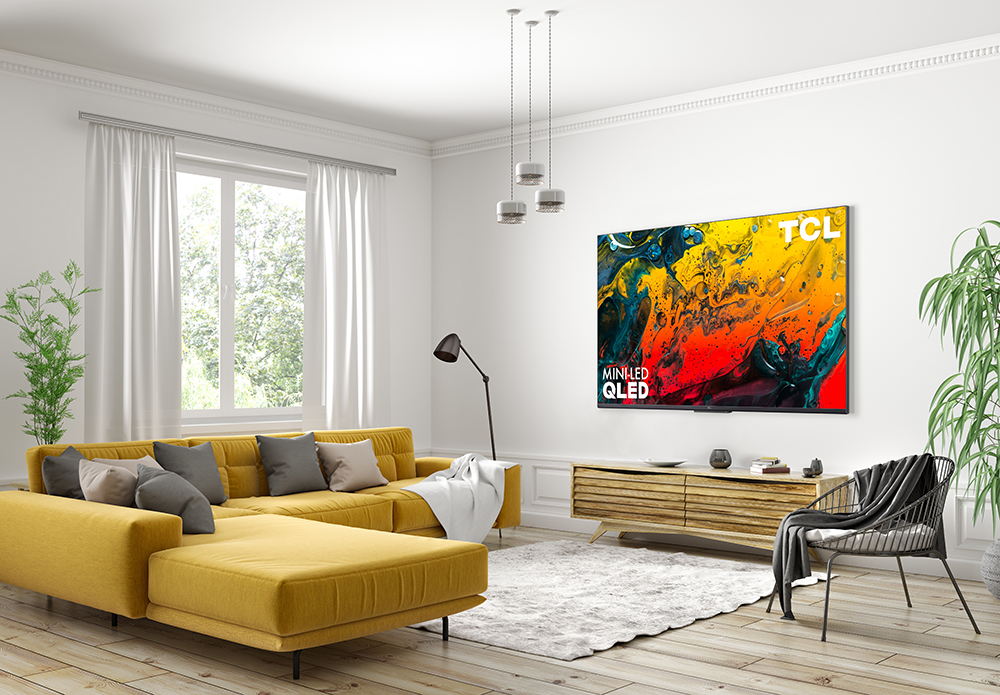

Indeed, the appetite for big screens has continued to increase during the pandemic as people continue to spend more time at home, and some consumers in the U.S. received stimulus checks, according to TrendForce. Consequently, during the first quarter of this year, 49.96 million sets shipped, an increase of 11.5 percent over the same period in 2020.
Meanwhile, manufacturers struggled to meet demand. Glass prices continued to climb, according to TrendForce, with a concomitant shortage of TV panels and IC chips. That combination of high demand and parts shortages has meant significant price hikes, with increases of 10 to 20 percent on many models heading into the fall.
And while bigger screens are where the bigger margins are, it’s not just sets at the top end of the market that are seeing increases. Even prices for entry-level TVs are rising. A 32-inch 720p set from Best Buy’s Insignia brand rose 13 percent in August, for example. So everyone from high-end TV makers to those competing in the value and volume end of the market are feeling the pinch.
But it’s not all due to chip and component shortages.
“The cost of glass has gone up, yes,” says Chris Larson, senior vice president, TCL North America, “but so have shipping containers.”
In August, container shipping rates from China and East Asia topped $20,000. Just a year ago, container prices were just $4,000, according to Freightos, a tracking company. Such prices have led to additional shipping imbalances with container companies switching to the more profitable Pacific routes, and in the process, disrupting other supply chains and wreaking havoc at ports already overburdened with ships sitting offshore waiting to be unloaded. And those conditions are unlikely to change before the holiday shopping season.
“We currently expect the market situation only to ease in the first quarter of 2022 at the earliest,” said Rolf Habben Jansen, the CEO of Hapag-Lloyd, a global shipping container company, in a recent report.
The question of the moment is, will TV prices continue to increase, or is there relief on the horizon?


TCL, whose sets have been receiving positive critical reviews and who just introduced new Google TV 5-Series and 6-Series TVs, is hoping the worst is past. The TCL 5-Series will include 4K models up to 75 inches and the 4K 6-Series features mini-LED 55- and 65-inch sets. TCL’s Larson expects continued strong demand, particularly among younger viewers who are still missing live concerts and events. And with the new Zoom-centric working and social environment, TCL has even recently introduced an $80 webcam for its Google TV models. But he also believes the shortages will level off in the fall.
“We’re betting we have hit the peak,” in terms of price increases, says Larson.
LG’s Alessi also believes the chip shortages are easing, and supply chains are getting back to normal, and he notes that TV manufacturers haven’t experienced the severe disruptions witnessed in the automotive industry. Nevertheless, he expects the higher set prices to continue for the rest of the year. “But that’s very fluid,” Alessi says.
Some analysts are also optimistic.
“In some cases, [prices] are merely holding steady rather than going down,” notes Ross Rubin, principal analyst at Reticle Research. “This is due to the same raw materials and component shortages that we’ve seen constrain manufacturing in other categories.”
As for whether the next Black Friday will be anything like the Black Fridays of the past, TrendForce predicts that with the increased prices, TV deals will be difficult to come by.
“We’ll likely still see Black Friday promotions as the supply constraints appear to be easing and, beyond that, even the reduced inventory needs to be cleared out to make room for new models in the spring,” counters Rubin. “But there may be even fewer doorbusters to go around.”
SUMMARY:
- Bucking the usual trend, prices for TVs, even entry-level ones, are rising.
- In addition to chip and component shortages, the cost of glass and shipping containers are among the main reasons for price hikes.
- According to analysts, the situation is unlikely to improve before the first quarter of 2022, which will affect holiday pricing.


HEALTH & WELLNESS
Saturate Smarter
Intelligent water control products
that make water usage and monitoring
easier than ever
BY ERINN LOUCKS
Water in the home can be both blessing and curse. Other than the obvious human need for it, water is what enables us to take a luxurious shower after a long day, and wash laundry at home. However, if there’s a water leak, significant damage can happen. Technology can not only keep the power of this resource where it should be, but it can also help homeowners better control their many water outlets and live more efficiently. Here are six state-of-the-art water devices that’ll keep things running smoothly at home.
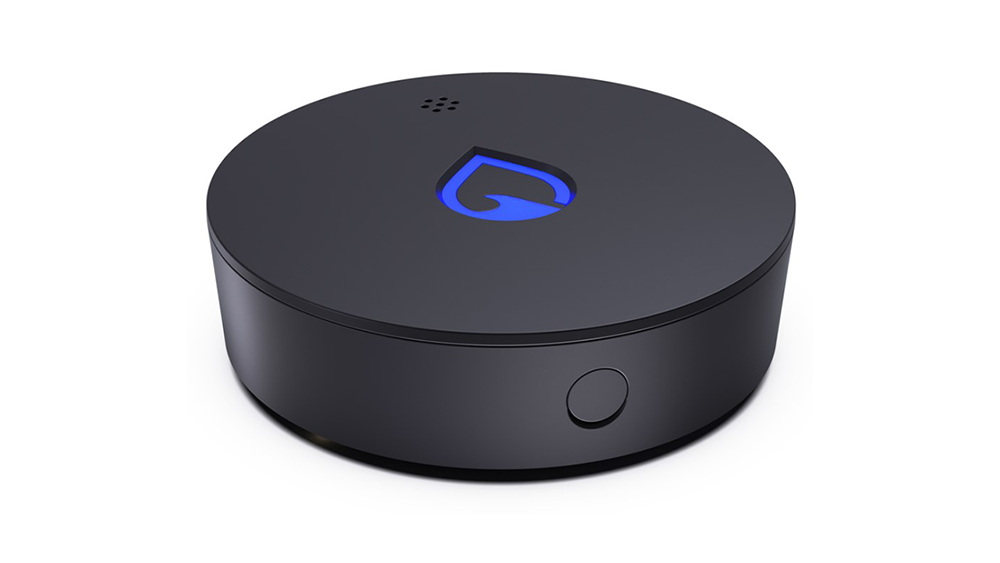

Phyn Smart Water Sensor
According to industry estimates, 14,000 people in the U.S. experience a water damage emergency at home or work daily. The Phyn Smart Water Sensor is designed to cut that down; it detects leaks, changes in temperatures, and potentially damaging humidity levels. When the sensor comes into contact with moisture, it automatically notifies homeowners via SMS, a push notification from the Phyn app, and an audible alarm and flashing lights on the device. The Smart Water Sensor works on its own, but it can also be paired with the app to activate the shutoff valve feature.
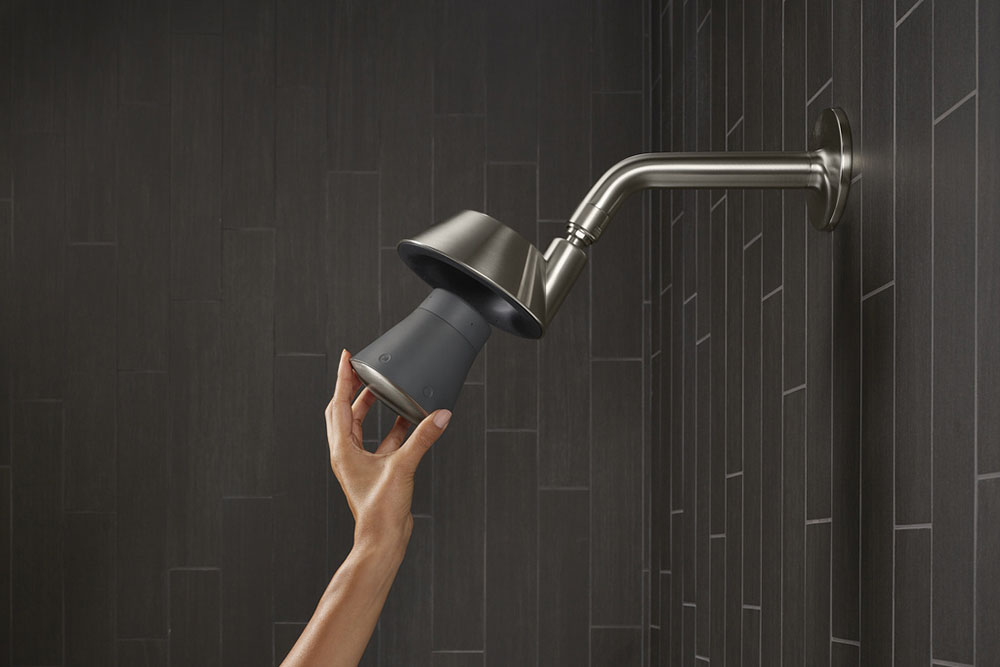

Kohler Moxie Showerhead
There’s something about music in the shower that makes the whole experience more enjoyable. Enter the updated Moxie Showerhead from Kohler, which combines a luxurious spray with a Harman Kardon powered speaker. The Moxie Showerhead has two versions: one Bluetooth-enabled and one with additional connectivity to Amazon Alexa. As an added plus, the magnetic speaker can be easily removed and used in other outdoor or indoor environments.
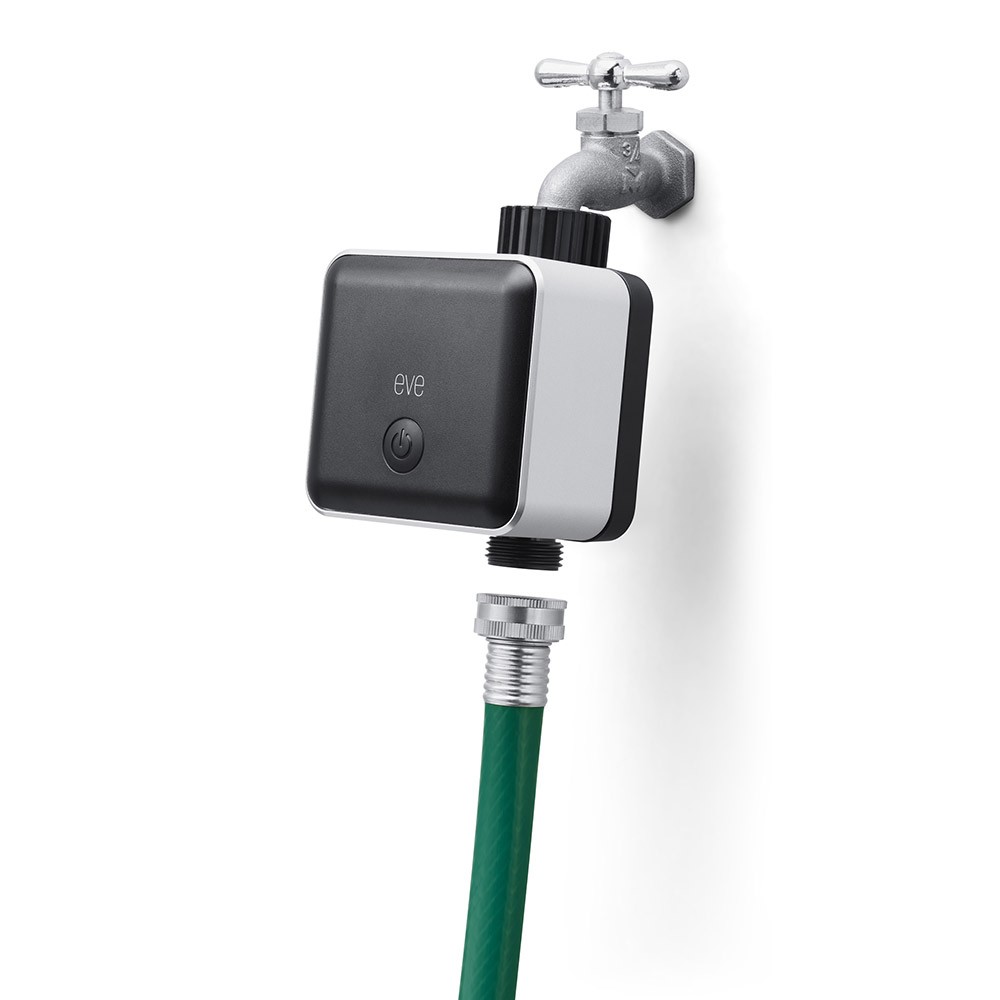

Eve Aqua Smart Water Controller
No one wants to put money and time into a garden just to see it die the first time they go out of town. Enter the Eve Aqua Smart Water Controller, which converts a regular outdoor faucet into a smart water outlet. Eve Aqua is compatible with all popular hose systems and multichannel water distributors, and it is ideal for more complex watering tasks, since the app allows up to seven individual daily watering periods. Along with enabling the user to add schedules and link the device through Apple HomeKit, Eve also calculates water usage over time so users know exactly how much goes into their landscaping.


HydroVive from ThermaSol
ThermaSol’s HydroVive integrates the newest audio and lighting technology to create this single, self-contained rainhead. With a clean, integrated look, HydroVive was designed to bring the elements of lighting, sound, and water under the user’s control. When paired with ThermaSol’s Smart Shower Valve and ThermaTouch interface, it lets users personalize every element of the shower. Along with a stereo RCA input and built-in Bluetooth, the HydroVive features a 10-inch LCD touchscreen for controlling volume, treble, midrange, and bass, among other settings.


Smart GE Whole House Filtration System
Cleanliness is top of mind for many today. That’s why GE created the Smart GE Whole House Filtration System with basic, advanced and premium filter options. Embedded Wi-Fi allows users to track water usage, detect water flow or potential leaks, and receive filter placement reminders via an app. The system protects the home’s water from the first point of entry and reduces lead using the premium FTHLM cartridge. Certified to meet the highest quality control standards with IAPMO Certification, the Smart GE Whole House Filtration System also boasts an easy-change filter and remote shutoff.
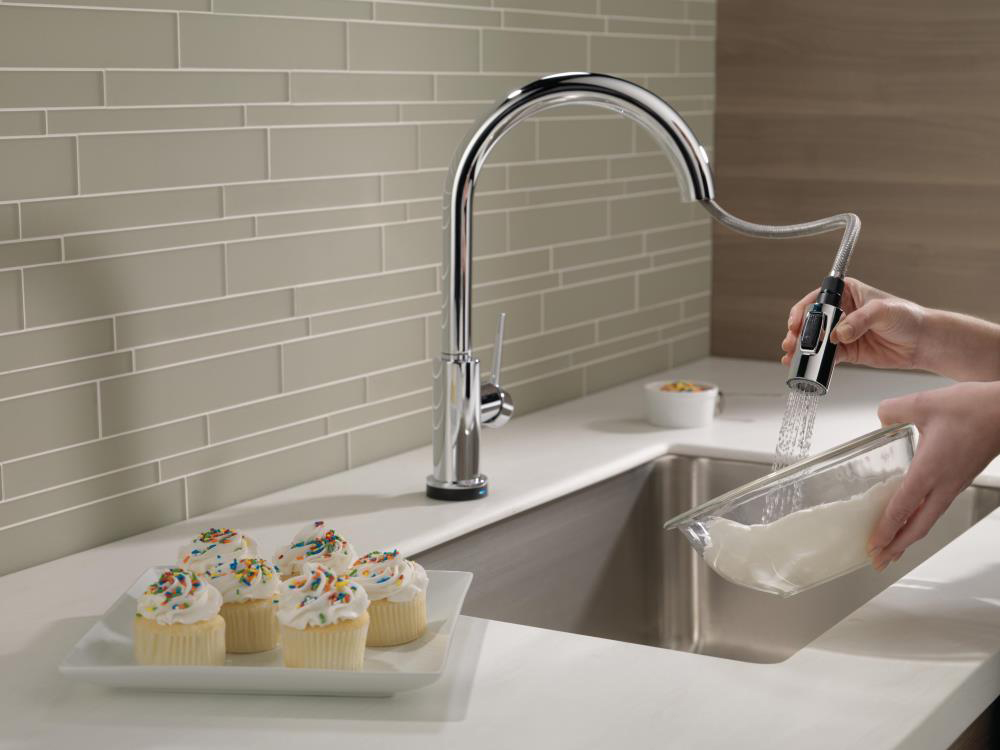

Delta’s Trinsic Faucets with VoiceIQ Technology
Each home uses water in different ways throughout the day, and often in precise ways, such as filling up a coffee pot, a dog bowl, or a child’s cup. Delta’s Trinsic pull-down kitchen faucet makes these tasks easier thanks to its Delta Touch2O Technology. Simply ask the faucet to dispense one cup, six ounces, a gallon, or nearly any other amount needed. Other thoughtful features include water warmup and voice-activated on/off. A simple touch anywhere on the spout or handle with a wrist or forearm also activates the flow of water at the temperature where the handle is set for cleaner use.
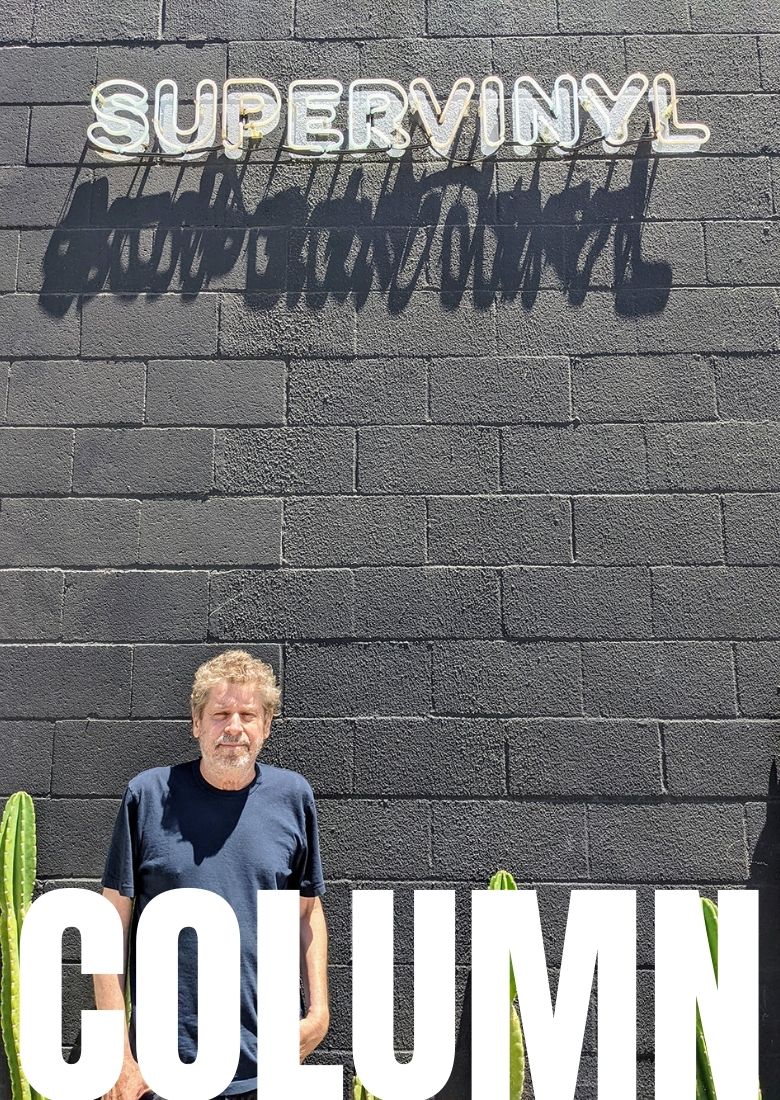

RETAIL ON THE RUN
A Store Visit with Barry Perlman of Supervinyl
Interview by Tom Samiljan
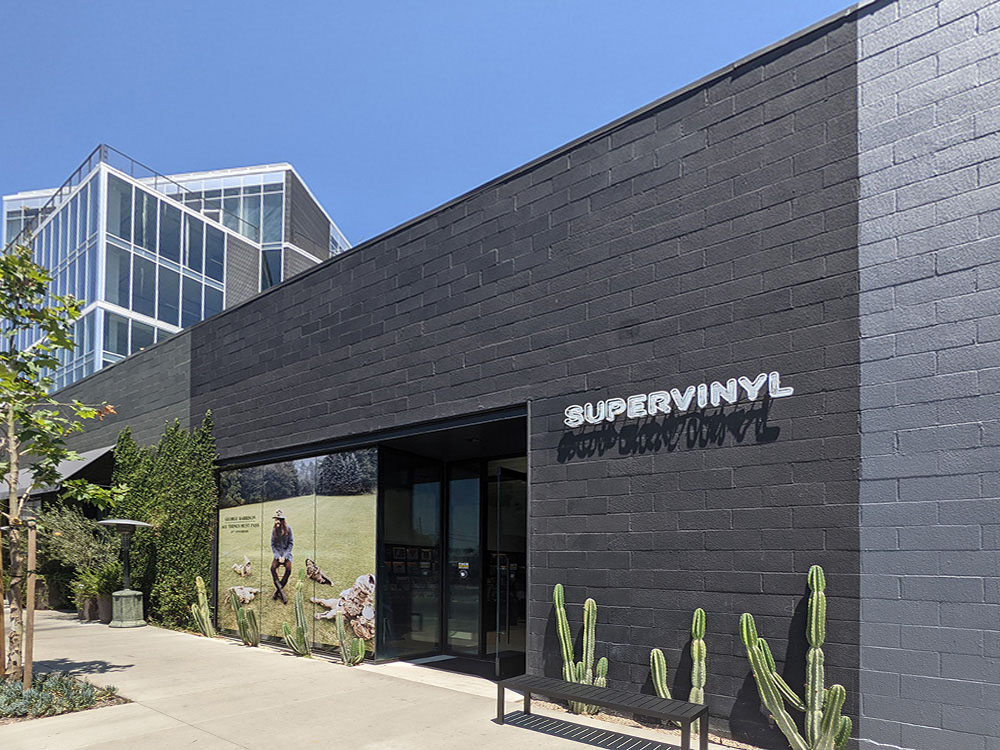

The Los Angeles-based Supervinyl boutique sells a unique mix of records and audio equipment by Rega, McIntosh, Sonus Faber, and Sennheiser. We spoke with owner Barry Perlman, who co-founded Lucky Jeans, on his distinct hybrid retail concept, and how working in fashion influenced the way he sells electronics.



















What’s the history of Supervinyl?
Barry Perlman: My background has always been in retail, since I was 17 and I opened up a jewelry store in Miami with my two best buddies in the 1970s, but I’ve never been in the audio or record business, much less the audio or record retail business.
Before this, I was manufacturing blue jeans and had retail stores. I moved out to California in the late 1980s and started manufacturing jeans – the Lucky brand — with my best buddy. We started out with just a blue jean and a T-shirt and we had one store on La Brea [Avenue]. That was for 22 years. We had a few hundred stores and I learned so much about the manufacturing and retail of blue jeans and T-shirts.
Then I stopped being in the clothing business a few years ago and took a break, and to me Supervinyl was the most natural next step for me. I’ve always loved music, and it was a big part of what we did when we were manufacturing jeans. We had lots of the artists who you see on these racks here who played for us at different events and shows. I mean, blue jeans and rock and roll – they’re like apple pie and vanilla ice cream, you know what I mean?
I’m not an audiophile guy and don’t know a lot about audio equipment or even the record business in general, but I felt I could apply some of the mistakes I’ve made – and I’ve made tons of these, by the way – to this cool little boutique record store that also sold audio equipment. I wasn’t seeing a place where you could buy records and have a selection of turntables in the same place, in L.A. or anywhere else. I mean, there are record stores that have turntables, but they’re usually in a box and aren’t of high quality.
I was originally thinking of doing this in the Arts District in downtown Los Angeles and even had a spot picked out, but I kept thinking — vinyl, Hollywood — should I be in Hollywood? Then one day, I was catching up with a friend of mine who had developed a few buildings on Sunset Boulevard, where there was a new Fred Segal store and a hotel, and told him about the new record store concept for downtown. He said “Wait, just come to Sycamore [Avenue] and look at some buildings over there that I’m going to renovate.” So I came over here and flipped. I knew about this street the 99-cents store around the corner. It was always kind of a sketchy street, but this little stretch I have always loved. He told me they were getting Sightglass Coffee and Tartine and other business, all of which are here now. I looked at the building and said, “I’ll take it,” and that was it. I have never looked back.
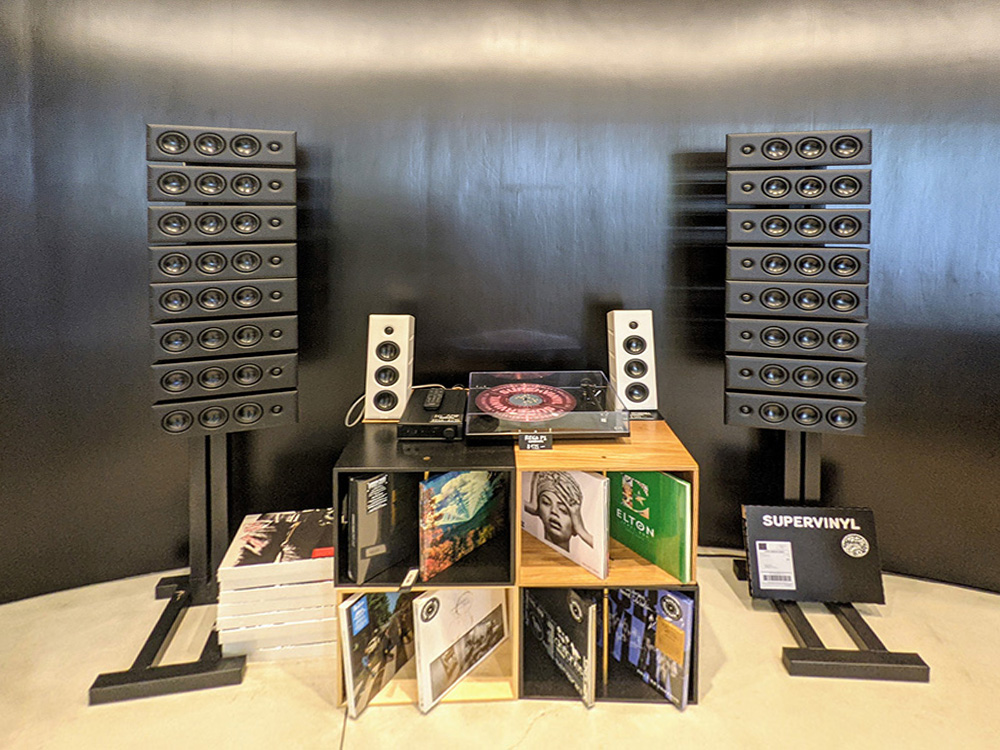




















How and why did you get Rega, McIntosh, HRT, Sonus Faber, and Sennheiser into the store? Those brands are usually only found at dedicated audio stores, and select ones at that.
BP: Well, I have a McIntosh amp that’s 25 years old, and I bought a Rega P1 to go with it. And then I bought a Rega P3 and used it for a couple of years when thinking about the record store. I just love that turntable and went out and looked at the marketplace and saw that there were a lot of brands to buy from, but I’m a very narrow and deep sort of merchant. Less is more, and I like to get behind only a few products. If I carry three or four other brands of turntables, then I think it gets confusing for the customer. I like to get behind what I’m representing.
As for McIntosh, I’ve loved that brand since I was a kid, and I could never afford it. But I remember working hard when I was in high school in a pizza place, and when I finally had a nickel, I got myself a McIntosh amp. I don’t even know how I was able to get the money for it, but I’ve always known that brand. So when I was thinking of doing Supervinyl, that was my one thing: I had to get McIntosh in here because I just know how great it is. Yes, it’s way more expensive than lots of audio products, but it’s that much better.
I wasn’t sure I could get it. I talked to a few guys and they led me to believe that the company wouldn’t work with a guy who’s just opening up a store, no matter who I am or what I’ve done already in retail. And at first, the companies did tell me that they weren’t interested, that they had enough accounts. So I did something I’ve never done in my life. I wrote a letter to the President of McIntosh, Charles Randall, who was fantastic. I said: “Listen, I’m a hybrid, a record store selling McIntosh. I promise you I’ll represent it the best I can. I’ll make it look great. I’ll get behind it.” You have to think differently today. Teslas are now sold at shopping malls. No one would have ever thought that a few years ago. And I got a phone call from him. We talked for a while and I ended up getting a line, and I’ve been doing well with it. They’re pleased, and so am I.





















So who comes in here to buy McIntosh components and Rega turntables?
BP: The other thing I said to Charles was how I didn’t necessarily want existing McIntosh customers. I want to turn McIntosh on to new people, so I’m happy that some of my customers have never heard of the brand. Right in this immediate area, within walking distance, is Sirius XM Satellite Radio, Chrome Hearts, Jeffrey Deutsch Gallery, and The Record Plant, which is a big recording studio. And people from all those places are constantly walking down the street and floating in here. I just tell them to listen to it and they go crazy. I’m getting all kinds of people – young, middle-aged, older. It’s a cross-section of people and I wouldn’t say it’s a demographic, but as my best buddy Eugene would say, it’s a psychographic.
Kudos to McIntosh because it took a shot on an unknown like myself. I’ve only been doing this for three years, and I don’t know the entire audio business, but it can be very uptight and set in its ways as to how things are done, but I come from the blue jean business, where anything goes. Things get disrupted —people used to take taxis and then Uber came along – and the audio world is in some cases a little bit staid. If there are companies that I’ve reached out to and they don’t want to sell to me, that’s okay, too. I’m sticking with the two brands that I think are two of the best. I’m happy to add to that mix down the road, but it has to be good.



















Shopping for higher-end components can be very intimidating for many people. How are you making these brands accessible?
BP: It’s funny; I felt that way as a kid. I used to shop at the jeans stores in Miami — I must have been 16 or 17 — and there were always “cool” people on the floor and they made you feel a little intimidated. It made me think, man, if I ever open up my own store, I want everybody to feel welcome and comfortable, and I’ve carried that with me my whole life. Before I opened Supervinyl, about five or six years ago, I went to an audio store and was sitting there, about to buy a turntable, credit card in my pocket ready to go, but the sales guy talked so over my head. I didn’t understand what he was talking about. I ended up walking out of the store and didn’t buy anything.
So I thought, when I open up Supervinyl, it’s going to be friendly and easy. I’m here almost every day, seven days a week. And when I or anyone else who works here, including my son Jesse, see someone come into the store, we always say hello, but not in a canned “how can I help you” way. It’s very relaxed; we have comfortable chairs in the store. We’re here to help people and talk anybody through any of the turntables and the McIntosh stuff; we know them all pretty well now.
Let’s say it’s someone’s first time buying something, and they want to step up to a McIntosh. I’ll have somebody go to their house and install the whole thing, show them how to work everything. I get letters and texts and emails from customers who have bought them from us. One lady said she started crying because it sounded so good. Another husband and wife came in and bought a McIntosh setup – amp, turntable, speakers – and they loved it so much they sent me a bottle of champagne. It’s crazy. It’s almost like I’m selling happiness. People are so open and excited, and this is a fun store. Even in the jeans business I didn’t get this kind of thing. I go into stores to buy stuff today, and it just doesn’t have the same feeling. Here, it’s fun; we’re playing music all day, we’re talking about music, people’s favorite bands, and so on.



















Do you only sell McIntosh speakers?
BP: No, we also sell HRTs and Sonus Faber, out of Italy. We only have a tight selection of products, but those are what we think will sell best at that price point. We have this dedicated area where we have all the equipment. One thing, to make it easier for the customer is that I usually sell integrated amps if it’s a first-time buyer, because it’s a little easier and involves less equipment. And then we’ll mix the Rega turntables with the McIntosh amps.



















In terms of the audio equipment, what would you say sells the best here?
BP: Well, this amp (McIntosh MA 8900), paired with this turntable (McIntosh MT5), and these speakers (McIntosh XR 50-B). We also sell quite of few of this integrated turntable (McIntosh MTI100), which has an amp built-in. I also make sure to stock everything I sell. I make sure I have two or three of everything that’s out here upstairs. In terms of turntables, I’d say probably the Rega P2. People like the glass platter, and its upgradeability. You can get a turntable for half the price, but with the Rega P2, you only have to do this once.



















Has the chip and supply-chain shortage affected you?
BP: Yes, McIntosh and Rega are both a bit behind. I have orders in that I’ve been waiting on, but everybody’s a little bit behind. I always have an order in and never have nothing here. In some ways, it’s easier for me because most audio stores have 10 lines of a product. They probably carry eight or nine McIntosh SKUs, and they’ve got all these other brands, so it’s harder to keep everything in stock. But I always make sure I have orders in for the limited selection of products that we do carry.
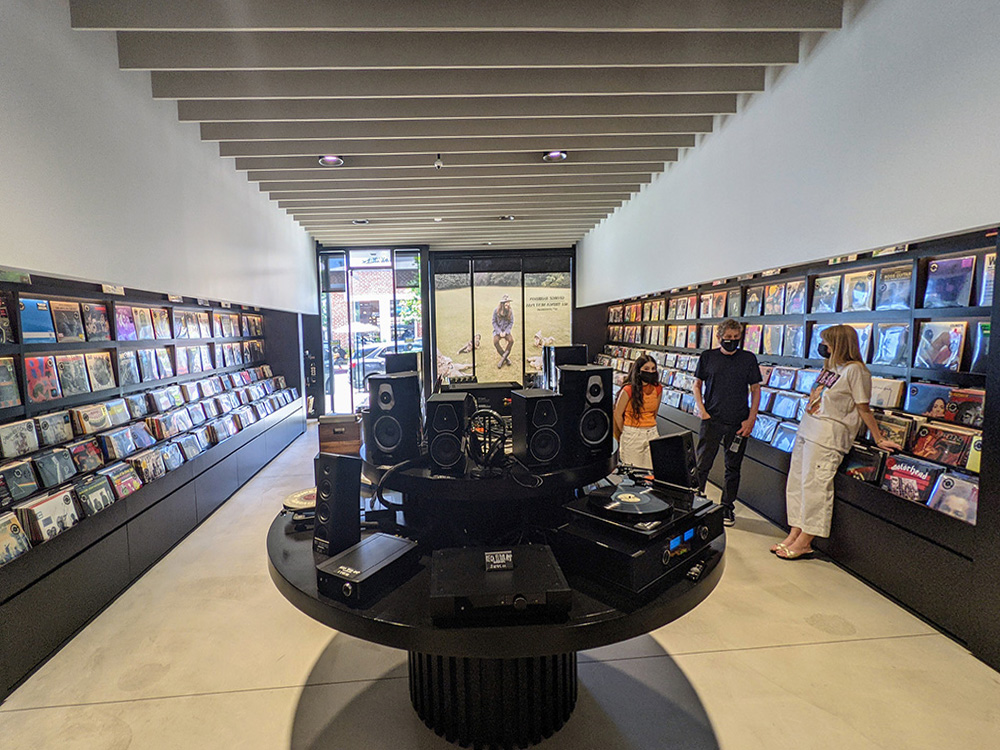




















Is there a difference between the younger consumers who never experienced vinyl in its heyday and older folks who grew up with records?
BP: Not really. Young people are as blown away by this stuff as people who are my age or older. I sell more audio equipment to women than I do to men. I don’t know why. It’s usually packages with turntables, speakers, and amps. And then a lot of husband-and-wife teams.



















Besides selling records and fashion accessories and being friendly, fun, and accessible, what distinguishes Supervinyl from the competition?
BP: My thoughts about record stores in the past is that everyone seemed a little burnt out and tired. Here we jump up and we walk them over to the equipment. I think personalized service, a cool atmosphere, the way we merchandise, and maybe our eclectic selection of records. We’re really a boutique, we’re here every day, and people get to know us, whereas, in these bigger record stores or big-box stores, it’s not personal service. You can’t even ask a question. There’s nobody to help you. Don’t get me wrong. I shop at Best Buy just like anybody else, but it’s just a different experience.



















So you just have the one store, but you have experience scaling from one store to hundreds of stores worldwide with Lucky. Do you have any plans to open additional Supervinyl stores?
BP: Not at the moment. I’m going to make this location as great as I can make it, but if I were going to open additional stores, my dream would be if I could find somebody to do one of these in Tokyo.



















Why Tokyo?
BP: I think because it’s an authentic store in Hollywood, which would be cool in plenty of places, but in Tokyo, it would be phenomenal. I just think they would really love this store in Tokyo. They’d really get it and appreciate it. Tower Records is still alive and well in Shibuya, so they definitely love vinyl in Japan. I just think that cool boutiques that are authentic from Los Angeles would be cool. It would have to be in Harajuku or Shinjuku or any of those areas that are like this Sycamore district in L.A. would be great. And I would do the store exactly as I’m doing it here. And then also maybe Brooklyn or somewhere like that. But at this point, I just love being here.
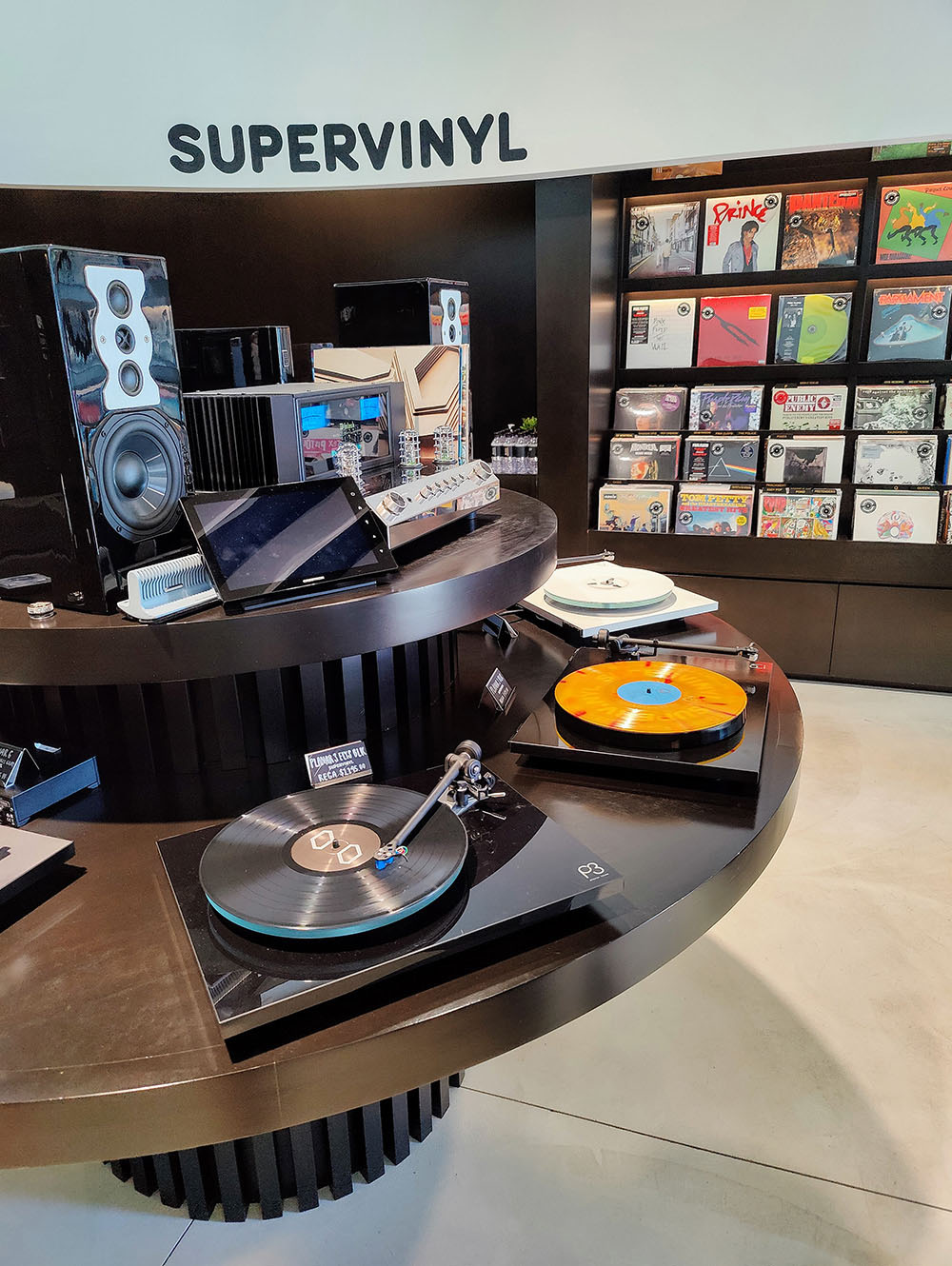




















Do you have an eCommerce operation?
BP: Yes, at SupervinylUSA.com, but we only sell records and also some of our T-shirts, hats, and some apparel, which we make ourselves. I don’t just buy blanks and then just screen Supervinyl. I get my own labels, pick the fabric, and manufacture everything in a factory in downtown L.A.. We feature some audio equipment online, but we don’t sell or ship any of that stuff. It’s just not the way to do it.



















Did the pandemic affect how you do business?
BP: Not really. I mean we’re pretty much doing things today that we were doing during the pandemic. We learned about curbside, and we also approached Postmates and sold records that way. People might want to get a Beatles record with their beer and takeout food.



















Name three things that you and your management team have implemented that you attribute to the success of the store?
BP: Well, I didn’t invent it, but I’d put customer service — really engaging with the customer — first. And then I’d say merchandising, which is something I’m bringing over from the clothing business. Supervinyl is kind of merchandised like a clothing store. We have all these tables in the middle of the store with box sets, clothing, and turntables, and that’s so unlike a typical record store. And we hit the floor every day and pull stuff down and put new stuff up – we’re constantly moving things around, which is the same thing we did in the blue jeans business. And we’re playing records all day. A lot of record stores don’t even play vinyl; they stream the music so they don’t have to flip the records over. I have no interest in that. We play vinyl eight hours a day.



















What are your goals for the coming year?
BP: I don’t really set any goals. I’m just here to have a successful business, pay the rent, and kind of stay afloat, but I don’t have a grandiose plan. I’m working on new T-shirts constantly and I’m always trying to bring in new records – every week we get in a few hundred new LPs – and I always try to change up the store and try new things. We’re now also making record bins to hold records; we have a guy who makes them for us, custom. We want to keep working on new things so that the customers are always wowed when they come in.
In terms of audio brands, I’m going to continue to look for great brands. I’d love to add another turntable brand, something iconic. Maybe the Panasonic Technics turntables — they’re hard to find, even here in L.A.. I probably won’t deviate too much from the mix of categories we have now, though we do sell Sennheiser headphones, because that’s just a great brand.



















Some of the coolest products at the store, in my opinion, are the custom-painted Rega turntables. What’s the story behind those?
BP: These are all hand-painted by local graffiti artists based on art that I give them. They’re all brand-new turntables. We take them apart and have these artists — guys I’ve known for a long time — hand paint them.
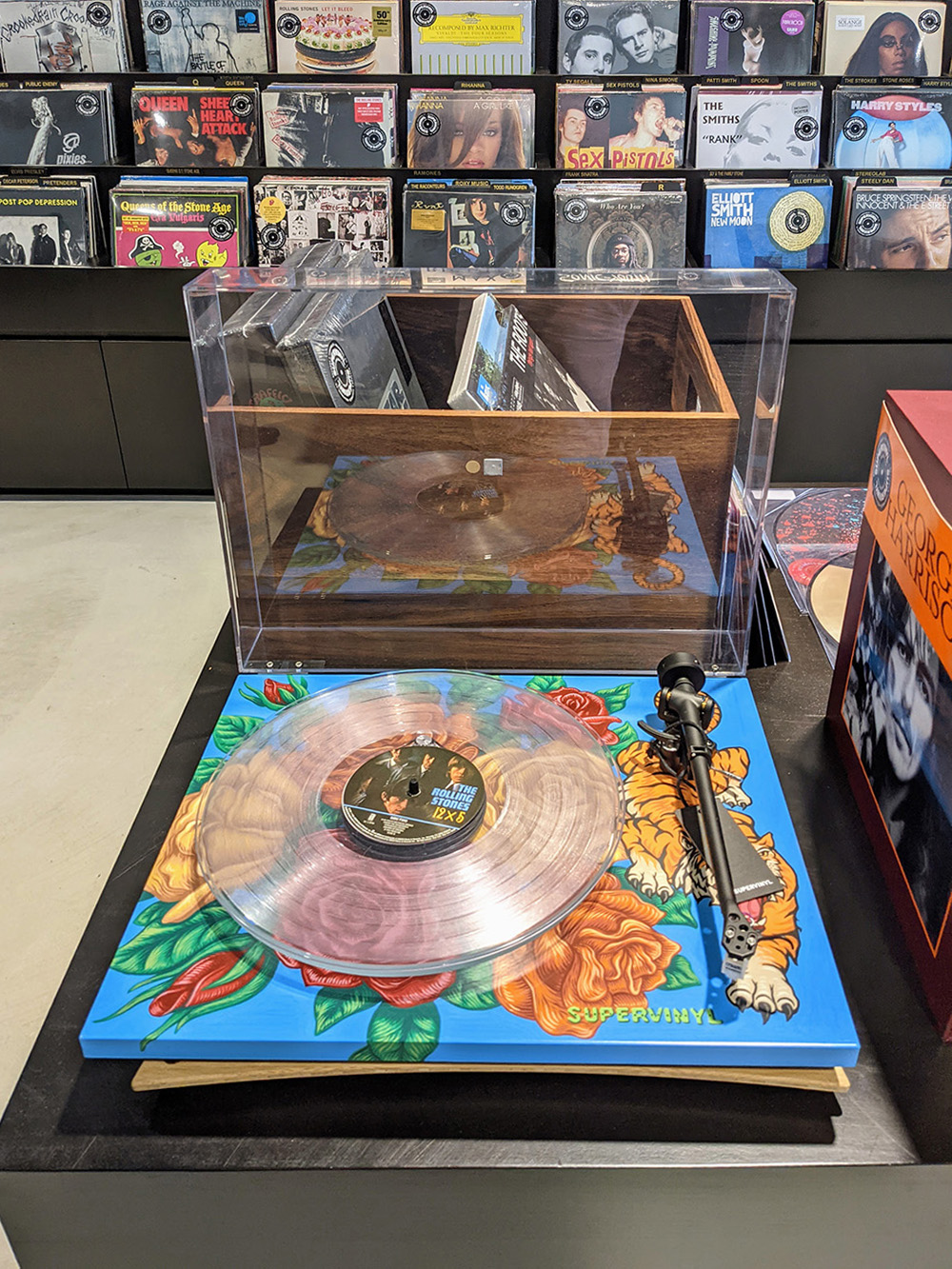

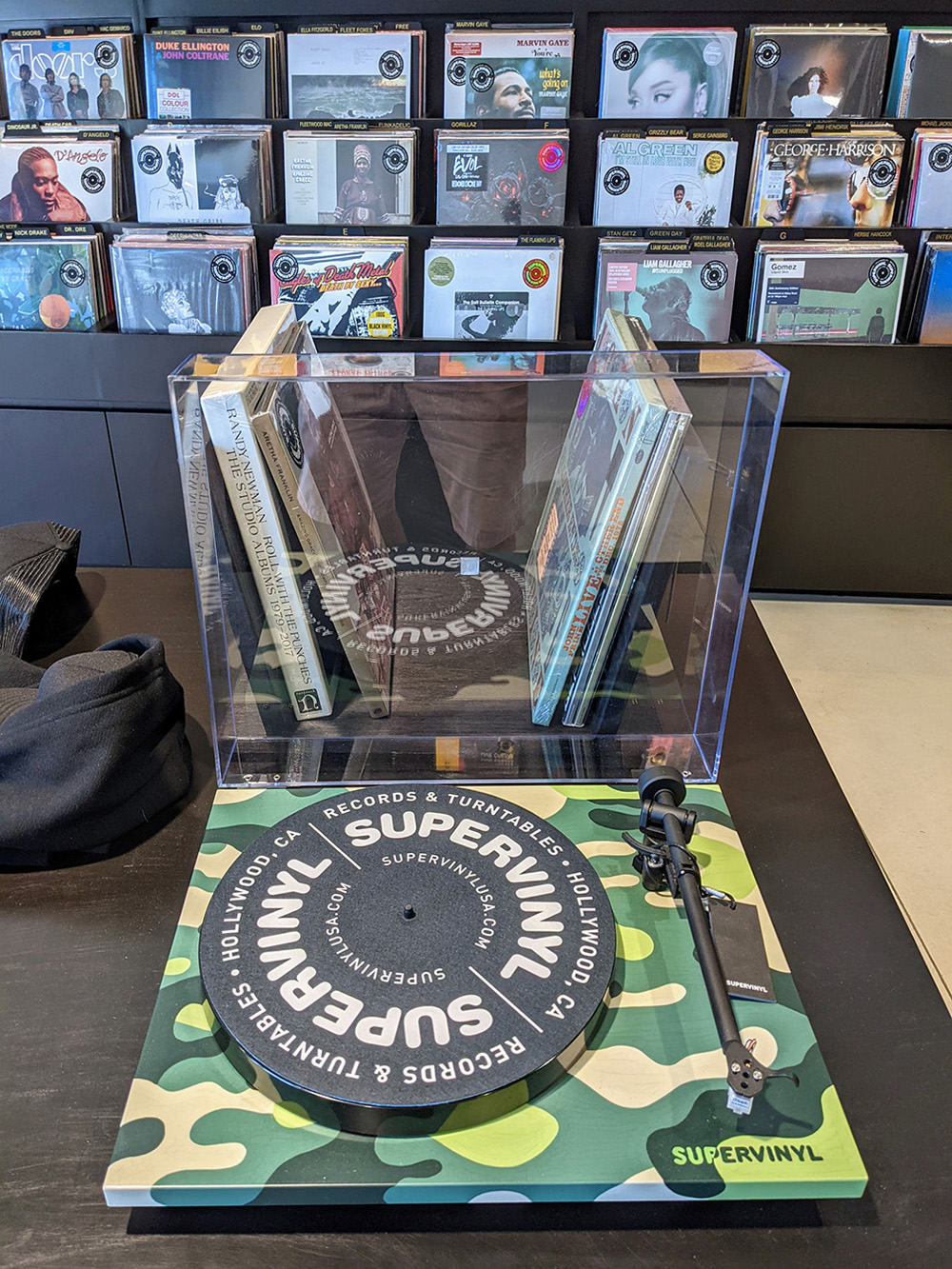




















Is there anything in the building of your business that didn’t go as expected, and that you learned from?
BP: Well, it’s funny, but I’d probably say the hand-painted turntables. The first time everyone saw them, they flipped out and said, “Barry, these are going to fly off the shelves.” Well, we’ve sold them, but we didn’t sell out. But I’m okay with that, because if we sell out, then I have to make more of them and they’re hard to make. And I love having them in the store. I didn’t do it because I thought they would sell out; I just did it because it was just something that in my gut I wanted to do. But they’re more expensive than the standard Rega turntables – the P2 normally goes for $675, but this one is $1,800. That’s because I have to pay the artists, and it’s a process that usually takes about three months. I’m going to keep doing them. Maybe it’s just a matter of time and then it’ll click. Not everything happens overnight. Babe Ruth struck out more than any other baseball player, but he also hit more home runs than any other baseball player, so you’ve got to get up to the bat and swing and go for it. It’s good to be trendy and try different things that you don’t see in other record or audio stores.



















What’s your favorite part of the store?
BP: Well, I love moving these tables in the center of the store around. I also love this round table in the middle of the store with all the turntables on it. Even before I opened the store, I always pictured that round table with turntables on it, where people can test out and listen to records and turntables at the same time. I wanted it to almost feel like a gallery. Most record stores have one record and then 50 right behind it, so you’re really shopping down, but I worked with an architect to do tiered record bins, so you can see covers for six records in every row every time.
STAT SHOT
CE Industry By Numbers
COMPILED BY SAM HITT
$20,000…
…the current cost of shipping a container from China to the United States, due to supply chain disruptions. Last year, shipping an identically sized container cost roughly $3,000.
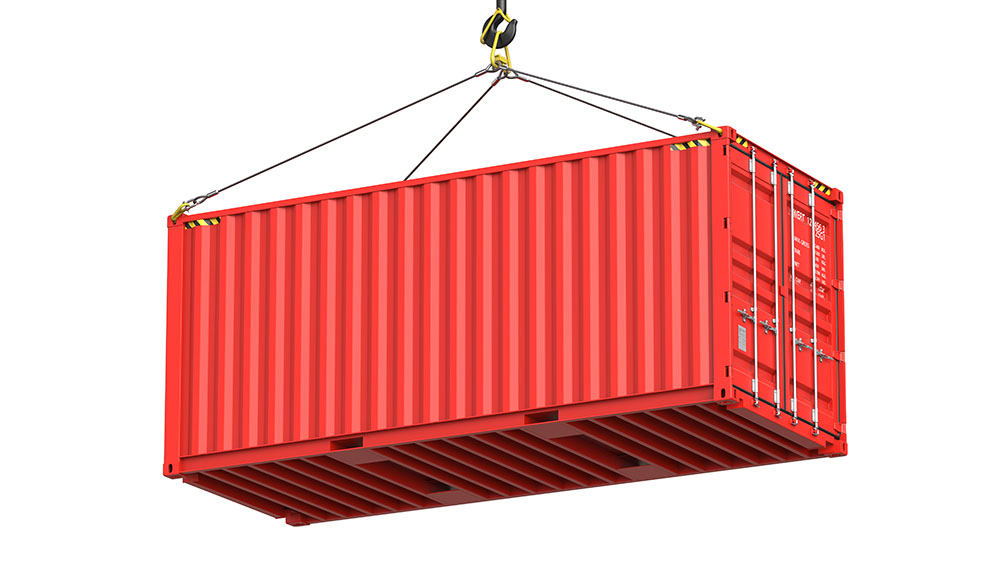

68%...
…of Gen Z consumers plan to conduct their Black Friday and Christmas shopping through non-conventional channels such as Facebook, retailer mobile apps, WhatsApp, Instagram, and YouTube, according to a study commissioned by Brightpearl.com.
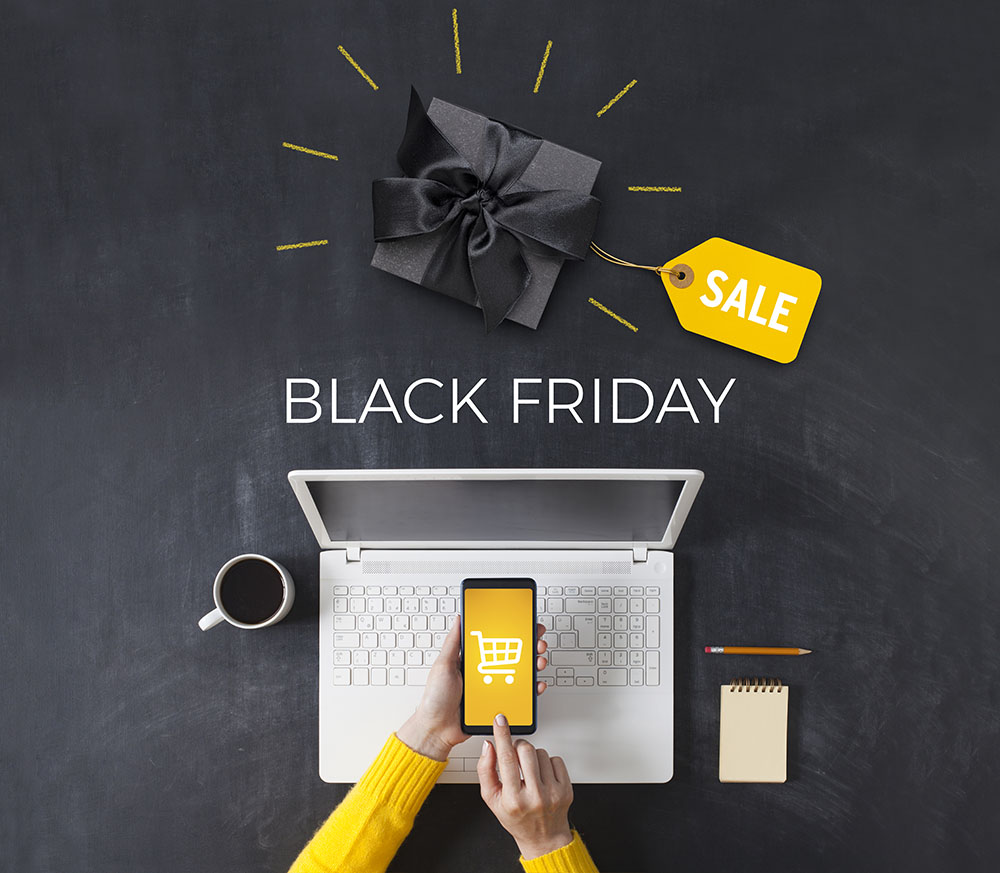

48…
…awards received by Samsung at the 2021 International Design Excellence Awards (IDEA). The Samsung Neo QLED 8K, Bespoke Cube air purifier, Bespoke Slim vacuum cleaner, and SmartThings Cooking app were among the products given the top Silver award.
https://news.samsung.com/global/samsung-electronics-wins-48-awards-at-idea-2021
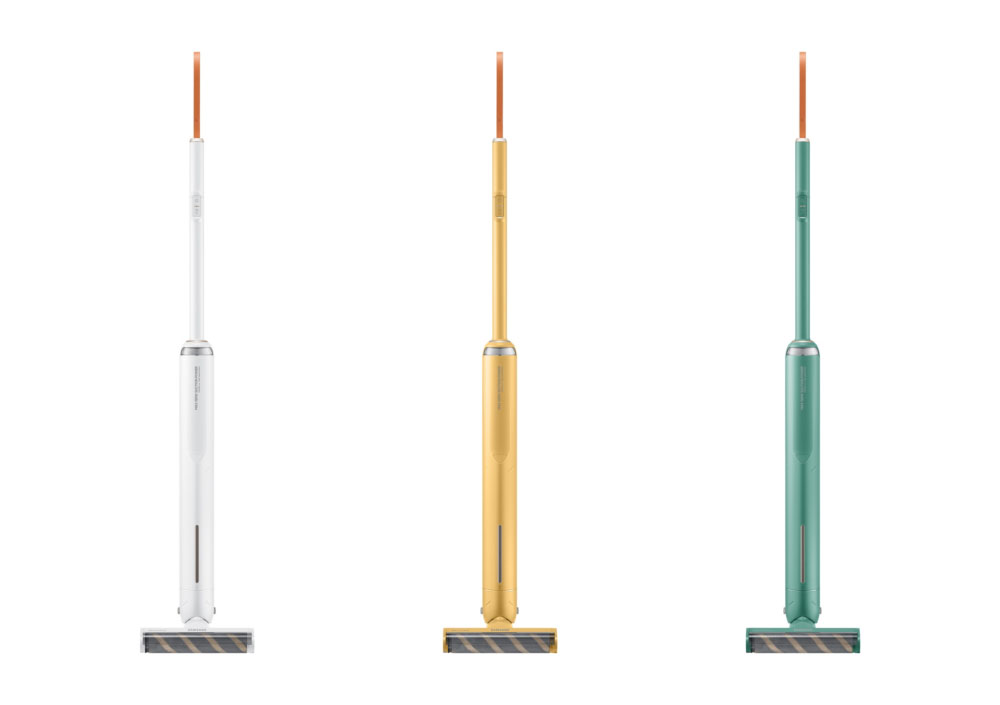

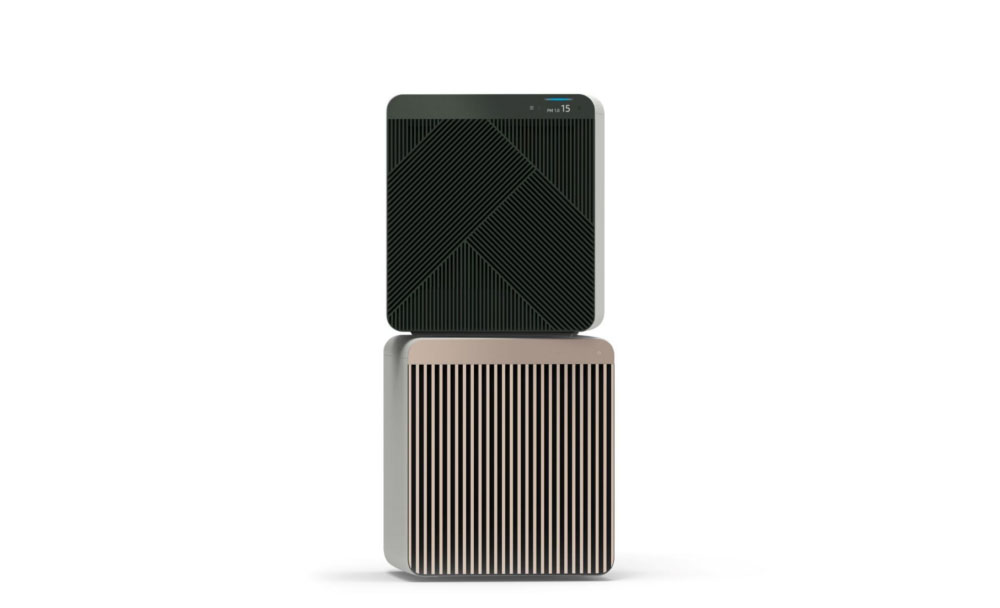

19…
…seconds is the average time, according to Nielsen, that a consumer takes to make an online purchase. In-store purchases are even faster, at only 13 seconds per purchase.
https://www.nielsen.com/us/en/insights/article/2015/make-the-most-of-your-brands-20-second-windown/


32,119…
…brick-and-mortar consumer electronics storefronts that are currently operating in the U.S. as of July 2021, down from a 2012 peak of 54,189 stores, according to IBISWorld.


DEALERSCOPE PODCAST
Welcome to the Dealerscope Podcast – Your Source for all B2B trends in Retail, Tech and Biz!
In the high-strung consumer electronics retail business, it can be hard to take a moment to step back and breathe. The Dealerscope Podcast gives CE retail leaders the chance to kick back, relax, and talk shop in a casual setting.
CONSUMER TECHNOLOGY CALENDAR
Upcoming Events
November 9-10, 2021
Parks Associates CONNECTIONS
parksassociates.com/events/connections-us/agenda#10
November 16, 2021
Tech Up For Women
techupforwomen.com/
January 5-8, 2022
CES
ces.tech/
January 16-18, 2022
NRF 2022: Retail’s Big Show
nrfbigshow.nrf.com/
Refresh Your Subscription!
Get Dealerscope and Connected Design delivered to your doorstep or to your email.
How, where and when we work has changed dramatically. We realize that these changes in your work habits may have impacted how you receive your issues.
Click on the links below to update how and where you receive your issues! Change your mailing address or request a change from print to digital, or just head to our websites.
OFFICES
100 S. Juniper St., 3rd Floor
Philadelphia, PA 19109
132 West 31st Street, 9th Floor
New York, NY 10001


EDITOR IN CHIEF
Tom Samiljan
tsamiljan@ctlab.media
CT LAB EDITORS
Sam Hitt
Nancy Klosek
Erinn Loucks
Vanessa Zitzmann
CONTRIBUTORS
Kristen Hanich
Mike Korbin
Dan Mikesell
John R. Quain
Egon Sanders
Fred Towns
CREATIVE
Astrid von Krenski
(940) 727 8595
avkrenski@ctlab.media
CHIEF SOCIAL MEDIA AND WEB EDITOR
Brenda Thelusca
(561) 752-6670
bthelusca@ctlab.media
GROUP PUBLISHER
Tony Monteleone
(718) 216-2046
tmonteleone@ctlab.media
OPERATIONS MANAGER
Vicki Manucci
vmanucci@ctlab.media
CIRCULATION & DISTRIBUTION
Carrianne Ramsey
cramsey@ctlab.media
ACCOUNTING/HR MANAGER
Catalina Gonzalez
cgonzalez@ctlab.media
CHIEF OPERATING OFFICER
Alice Schmalzl
(940) 612-9581
aschmalzl@ctlab.media
OFFICES
100 S. Juniper St., 3rd Floor
Philadelphia, PA 19109
132 West 31st Street, 9th Floor
New York, NY 10001
dealerscope.com
Publisher of Dealerscope, and Connected Design
Copyright ©2021 CT Lab Global Media LLC
CT Lab Global Media is a diversified publisher of business and professional magazines. This publication is provided with the express understanding and agreement that the information and data within it will be solely for internal use and will not be used for the creation or updating of mailing lists for sale or distribution to third parties. Printed in the U.S.A.



